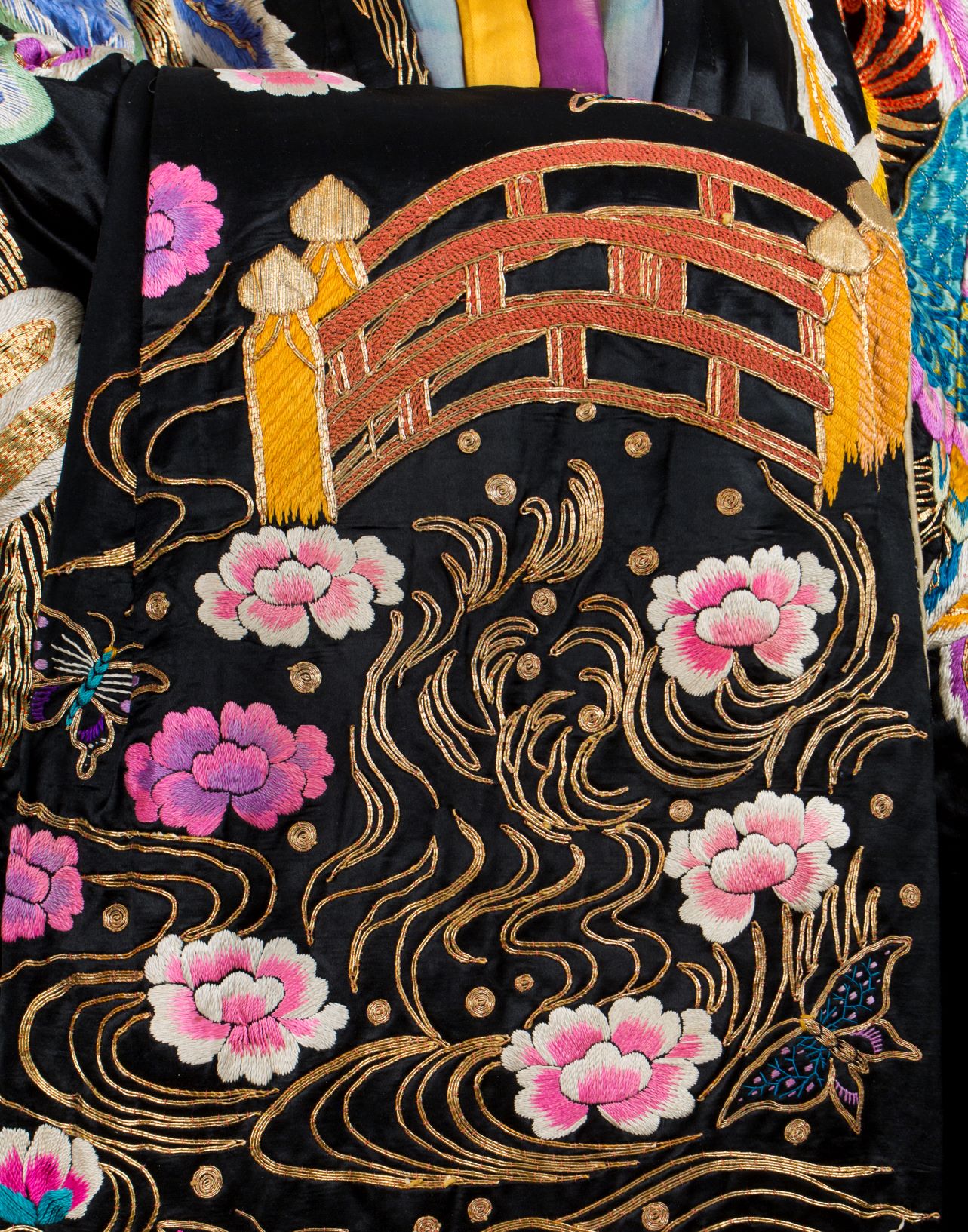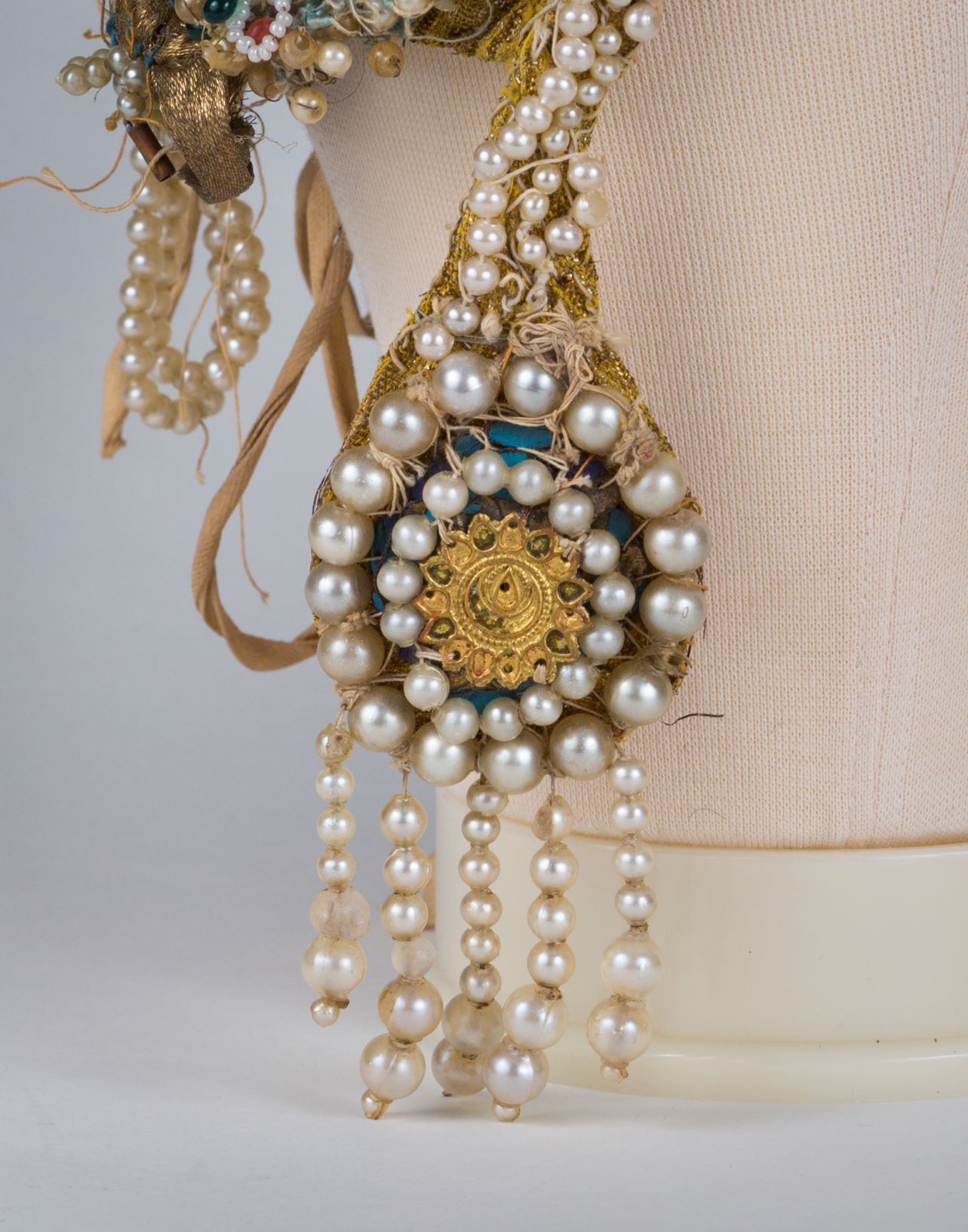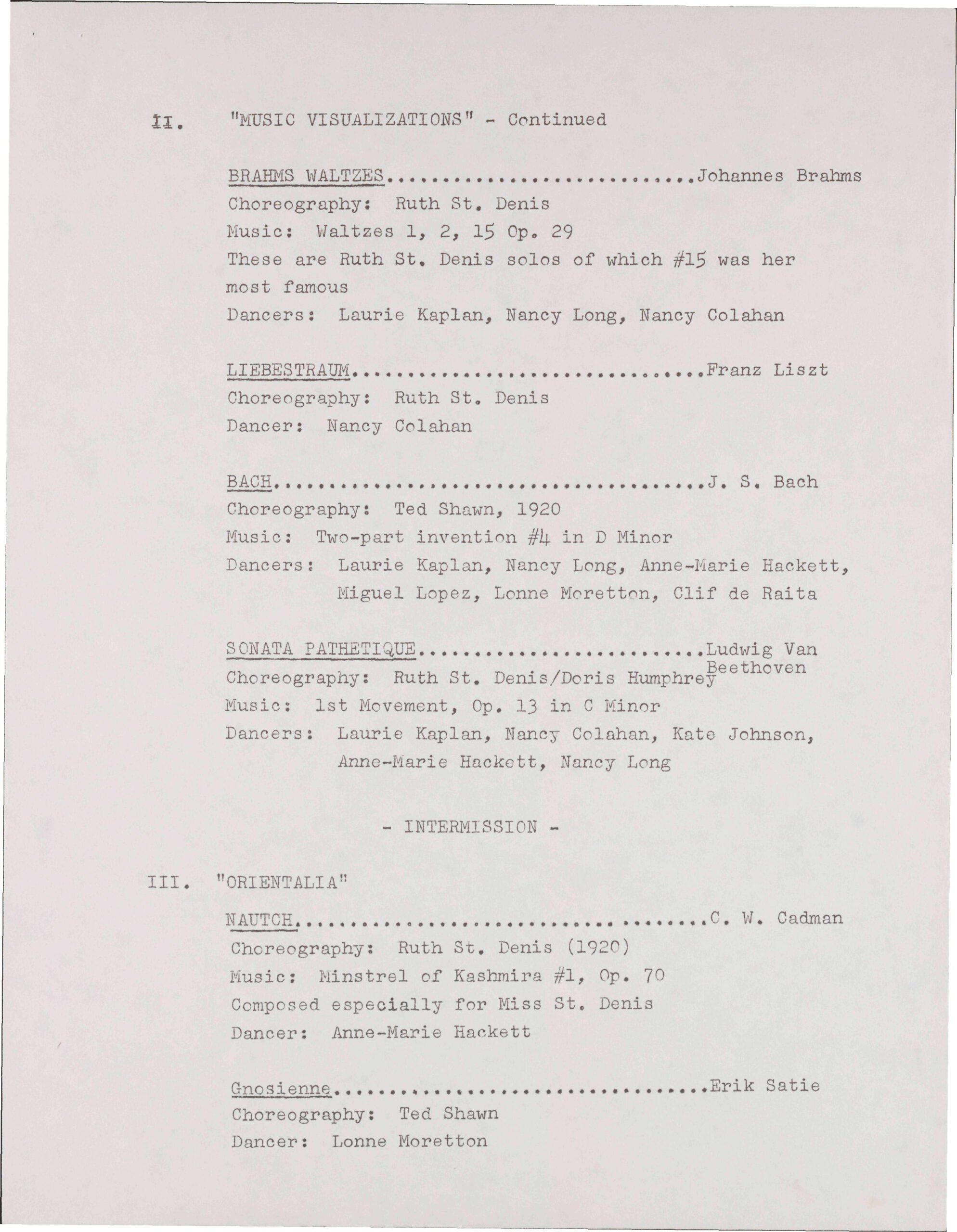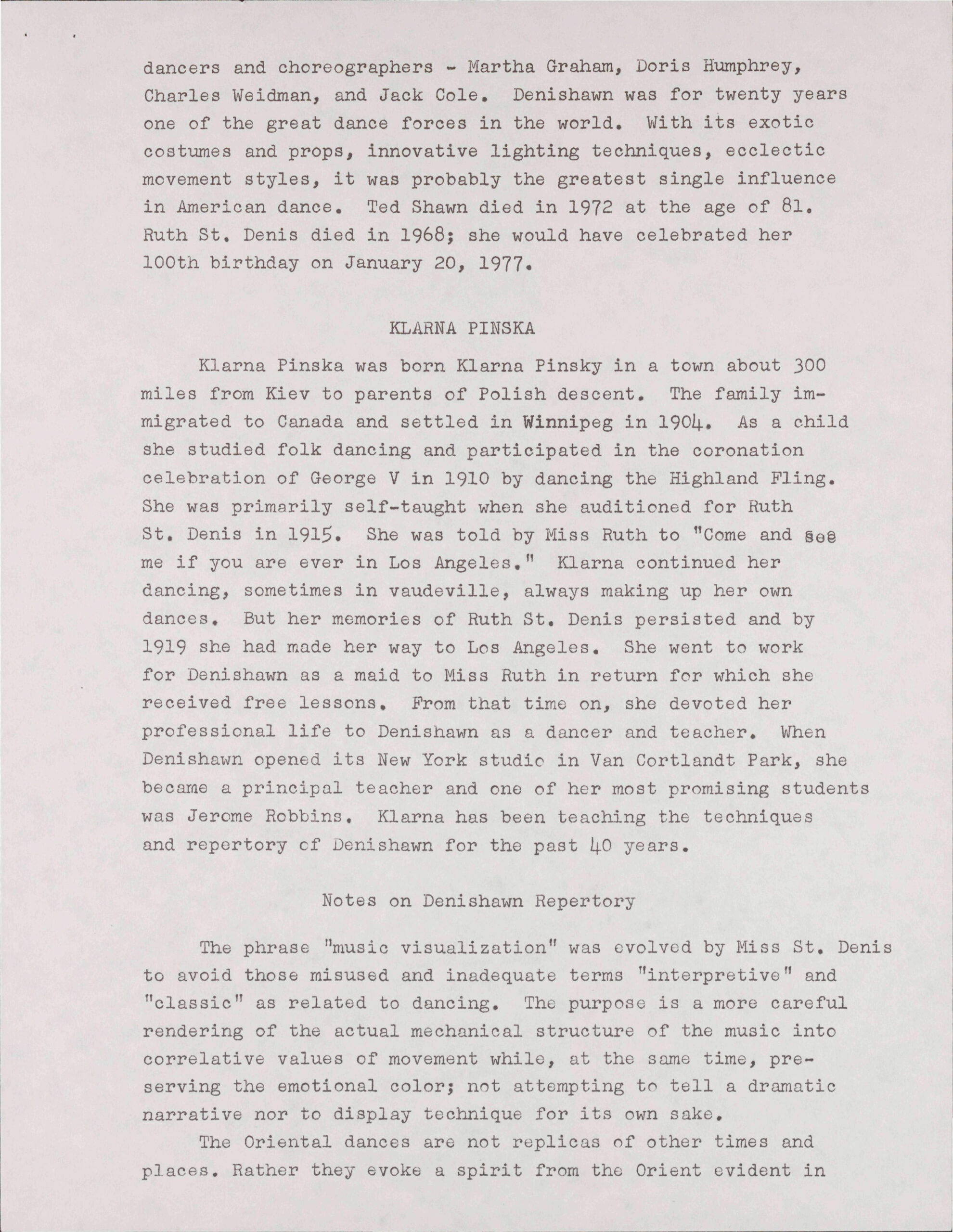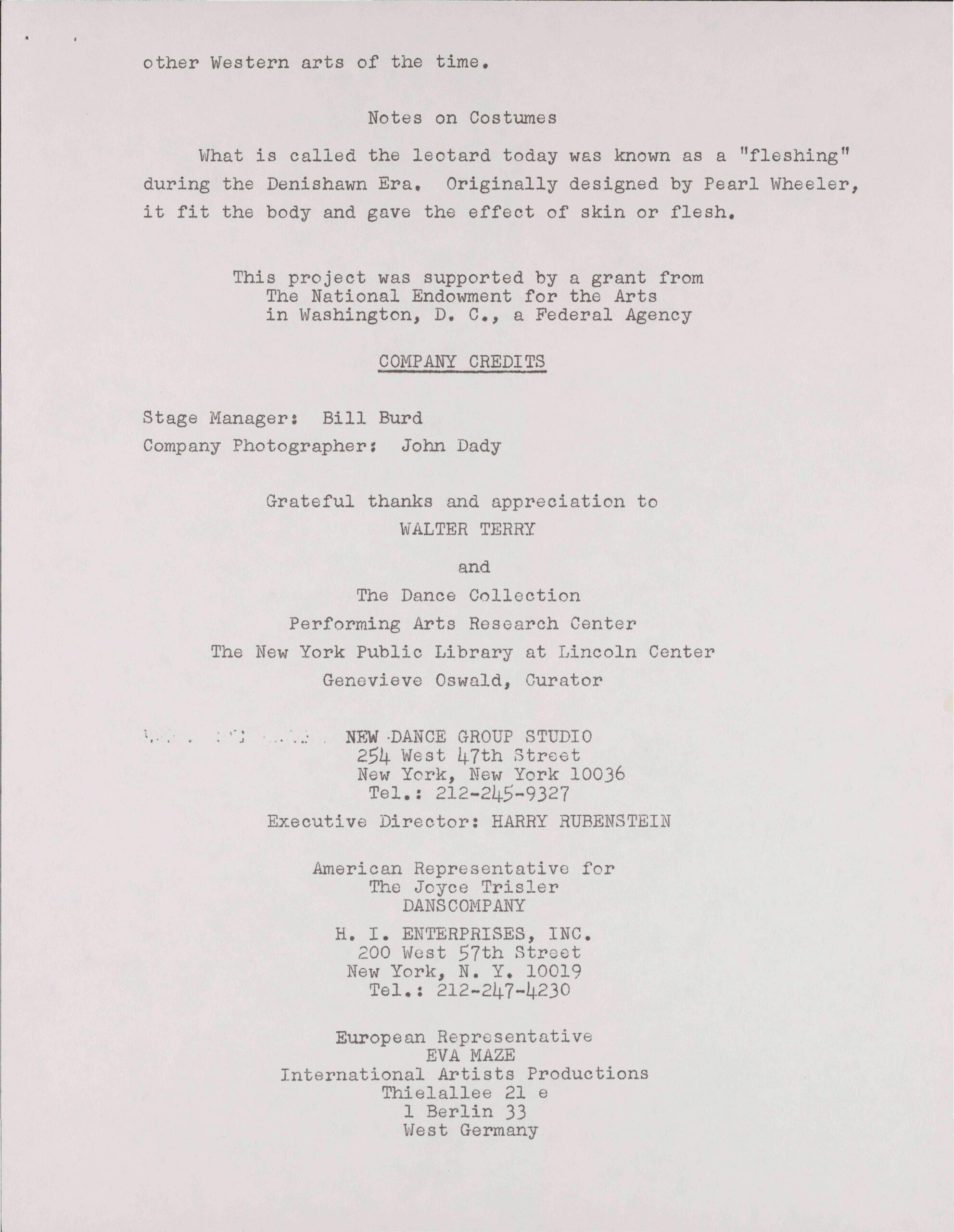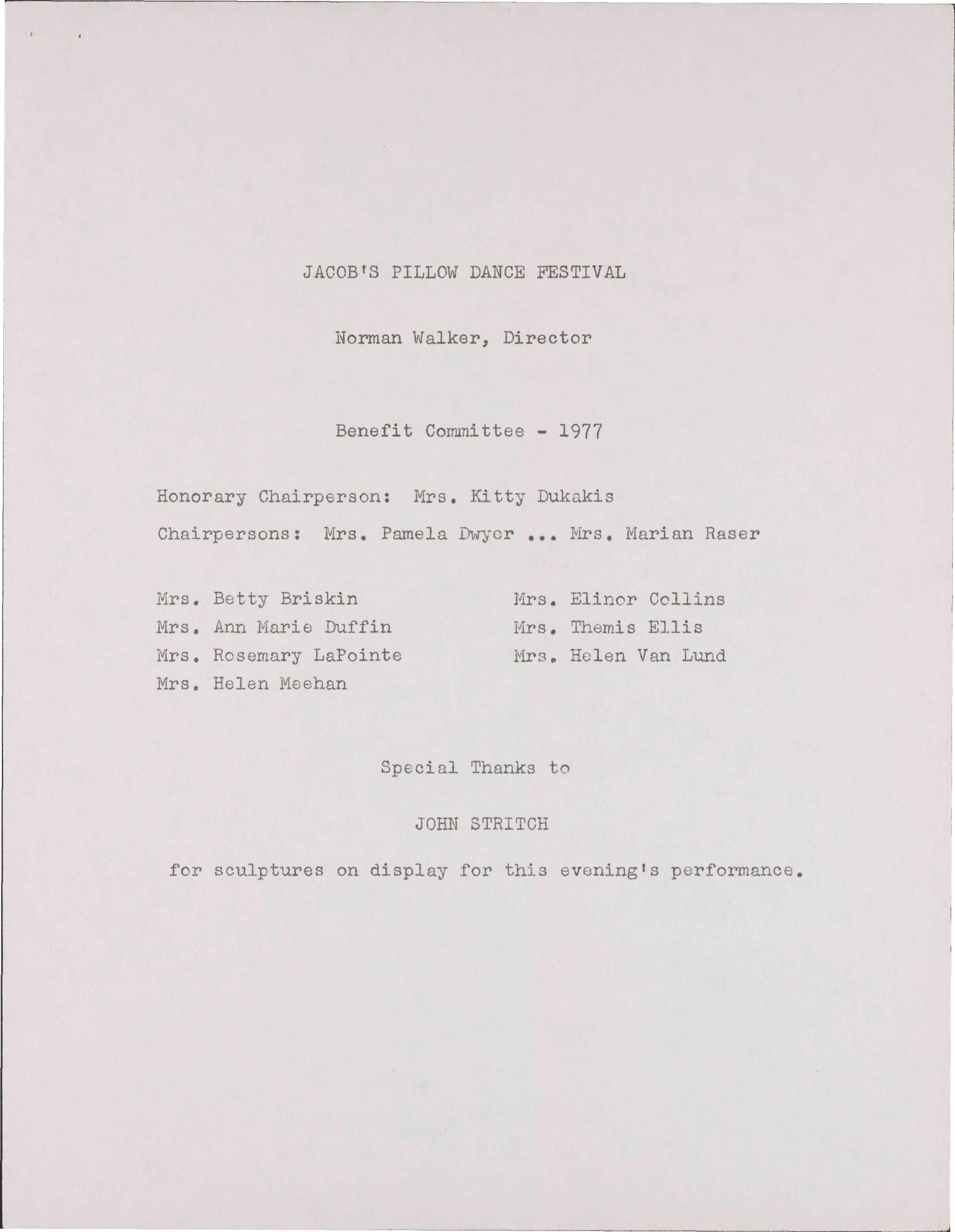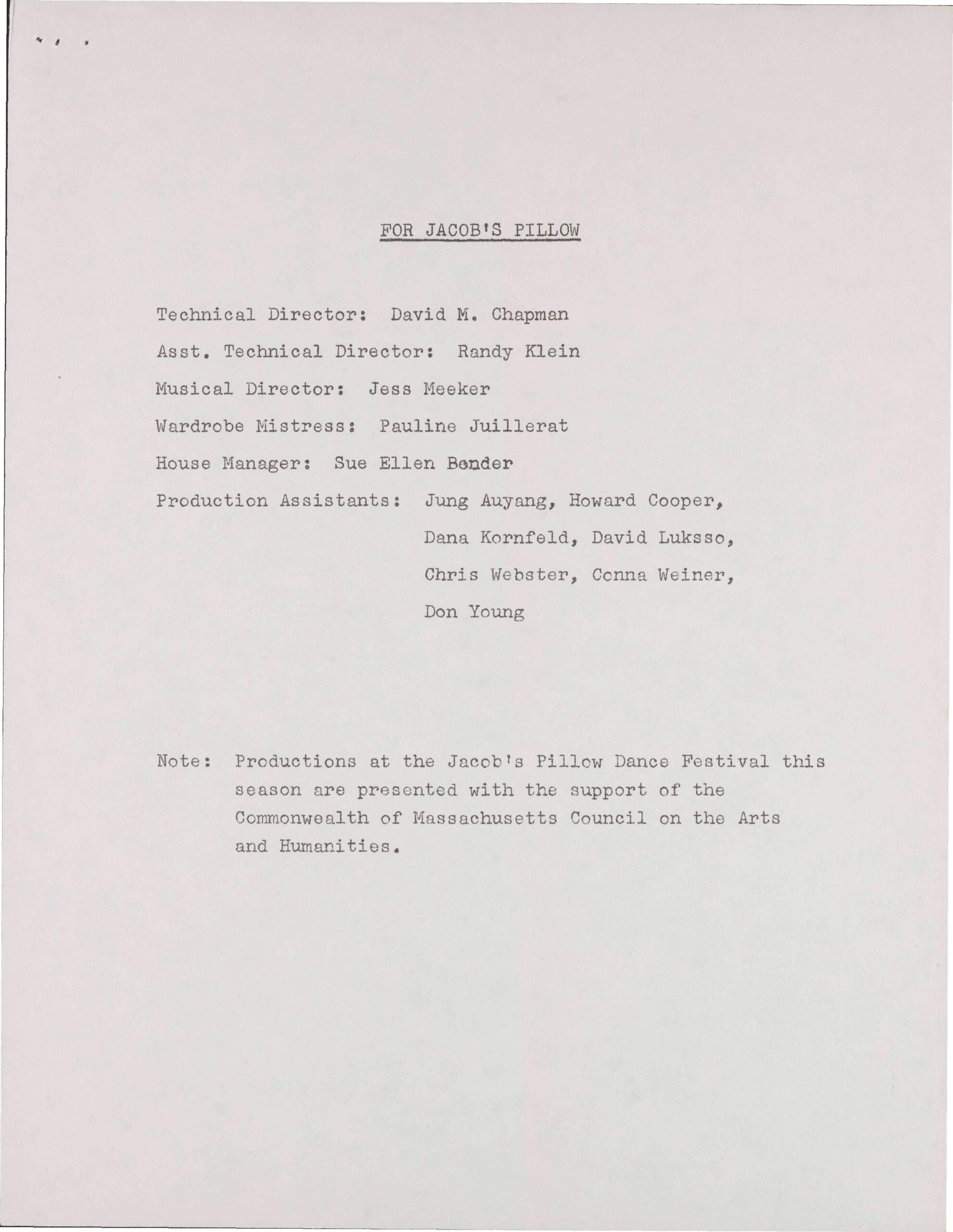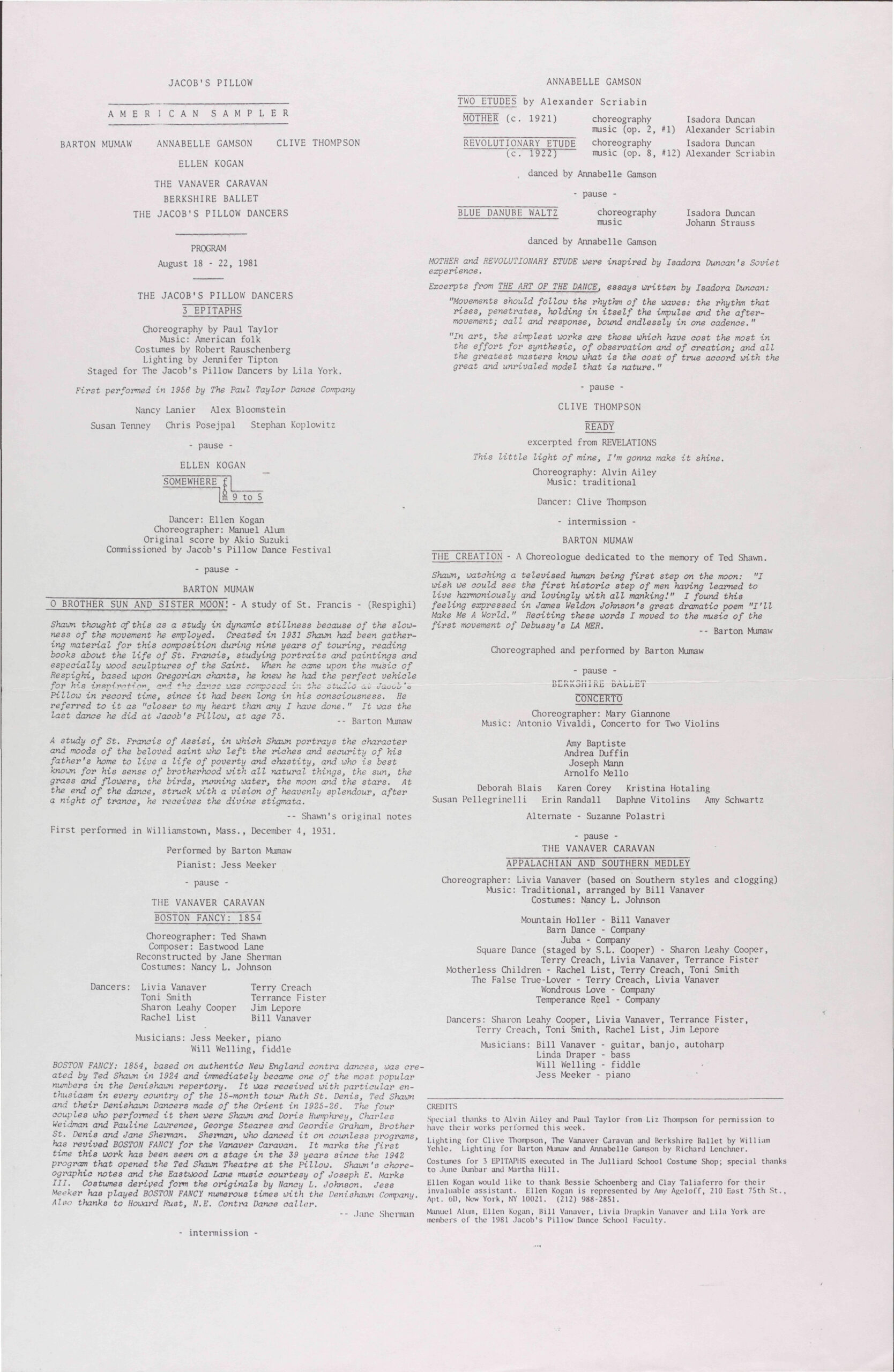Dance Costumes–An Invaluable Link to Performance
Dance is essentially an ephemeral art form existing in the moment of performance. As Director of Preservation Norton Owen wrote in the early 1990s, “all too often, nothing remains after a performance other than memories.”Norton Owen in Tricia Henry Young, The Killinger Collection: Costumes of Denishawn and Ted Shawn and His Men Dancers, Florida State University Department of Dance, p. 1 Costumes from these performances, however, provide a tangible link to past productions and the moment of performance. Dance costumes are working garments and are sometimes as integral to the performance as the dancers themselves. Handwritten names, hasty alterations, detailed repairs, sweat stains, and the residue of makeup provide a unique insight into the backstage running of companies as well as performances. Their value in scholarship has, however, been largely overlooked. This inattention has largely been caused by two factors: A) a lack of scholarship using costumes as primary sources, and B) a lack of extant objects.
Theater costume historian Veronica Isaacs states that:
Costumes are ephemeral, they are created to be re-used, re-cycled or discarded and certainly not with preservation in mind. When garments do survive, they represent a departure from the typical life cycle, or ‘biography’ of a stage costume.Veronica Isaac, ‘Dressing The Part:’ Ellen Terry (1847-1928) – Towards A Methodology For Analysing Historic Theatre Costume, (University of Brighton, 2016), p. 39
Design for Performance scholar Donatella Barbieri supports this in her 2017 work, Costume in Performance: Materiality, Culture and the Body; “The few costumes that make it into the archives as preserved objects and as fragments of the performance may have been collected because of their association with famous performers.”Donatella Barbieri, with Melissa Trimingham, Costume in Performance: Materiality, Culture, and the Body (London: Bloomsbury Academic, 2017), p. xxii
While both Barbieri and Isaac make valid points, a significant number of extant dance costumes do survive. The majority that have made it to an archive or museum have not, however, been studied in detail. Exceptions from this include costumes worn by very famous dancers or designed by a famous artist. As dance history professor Tricia Henry Young explains:
Because costumes are among the few primary physical materials available for the study of dance history, they provide an essential link to an accurate understanding of the art of dance.Young, The Killinger Collection, p. 3
Former Curator of Photography and Costume at the Theatre Museum London, Sarah Woodcock, suggests that “theatre costumes do not always bear close examination,”Woodcock includes dance costume under the term theater costume. Sarah Woodcock, “Wardrobe,” Diaghilev and the Golden Age of The Ballet Russes 1909-1929, ed. Jane Pritchard (London: V&A Publishing, 2010), p. 129. concluding that the majority of museums and archives try to avoid collecting dance costumes unless the artists or dancers are of extreme significance. Designs, however, are readily accepted and exhibited by institutions despite the knowledge that these do not necessarily represent what actually made it onto the stage, but instead present an idealized view of the work.
The often worn and repaired nature of dance costumes has also made designs a more desirable prospect for curators. In actual fact, it is the story of wear in costumes as well as their physical interpretation of the design that makes them such interesting sources.
Collections of dance costumes that have ‘made it’ into museums and archives often represent fragmented collections and not the ‘whole’ as would have appeared on stage. However, exceptions do occur, and the Jacob’s Pillow Costume Collection is one such ‘accidental’ collection, whose survival provides unparalleled insight into the development of American modern dance. This collection, now catalogued, remains relatively unstudied and represents an exciting new body of research in the running and performance of early modern dance companies. Below I will outline the collection and how it came to Jacob’s Pillow.
The Costumes at Jacob’s Pillow
The costumes at Jacob’s Pillow fall into three main categories—those worn by Ruth St. Denis in her solo career, those worn by the Denishawn Company, and those worn by Ted Shawn and His Men Dancers Company, with additional small collections from later Jacob’s Pillow productions and donations from individual dancers. The collections arrived at Jacob’s Pillow in stages and were initially not kept for historical reasons, but rather for expected future use.
In 1932 after the Denishawn Company had closed and St. Denis and Shawn had agreed to go their separate ways, their accumulated costumes, props, and sets were divided between them. Each kept items from significant dances and those they thought they may perhaps use again.
Dancer Barton Mumaw was at this momentous event and later recalled that they:
… divided between them the most precious of their personal costume items: To Siva went the forty pounds of silver chains, bracelets, and belts Shawn had bought in India for his Cosmic Dance; to the Nautch Dancer, her green satin, gold-bordered circular skirt, belled anklets and jewelry; to the Emperor Tepancáltzin, the enormous cape of orange feathers he had worn when partnering the young Martha Graham in Xochitl. Each kept those costumes in which they would perform in the years to come: her White Jade draperies, her Black and Gold sari; his Gnossienne, his Thunderbird; their Tillers of the Soil.Barton Mumaw and Jane Sherman, Barton Mumaw, Dancer: From Denishawn to Jacob’s Pillow and Beyond (New York: Dance Horizons, 1986) p. 63
After the division was completed, it was decided that the rest should be burned “with a cleansing fire”. Those items ‘sacrificed’ included:
The thirty-foot-high flats representing the Babylonian god from Ishtar of the Seven Gates, the Hopi adobe house from The Feather of the Dawn, The Spirit of the Sea rock and fishing net and green-blue backdrop, the Cuadro Flamenco baskets of flowers, Job’s altar made of cartons, animal silhouettes from Angkor Vat … armloads of shoes and wigs, of scarves and garlands, of leotards and gauzy nautch skirts, of Egyptian masks and Viennese ball dresses.Mumaw, Barton Mumaw, pp. 64-65
The costumes and props that Shawn kept from the fire were brought back to Jacob’s Pillow, and form the nucleus of the current collection. Over time the costumes from Shawn’s Men Dancers company were added to this. As Director of Preservation Norton Owen defines, “the Denishawn costumes had to be brought here but in a way the Men Dancers costumes were born here,”Oral History conducted 2nd February 2018. with the majority in fact being made at the Pillow.
The blue and yellow banded Denishawn trunks and Men Dancers travelling trunks remained the home for these costumes, and were stored in various places around the Pillow including what is now the Store, the ‘trunk room’, a former space under the observation area in the Bakalar Studio, as well as in the Ted Shawn Theatre.
In 1976, Owen discovered some of these trunks of costumes as a student. The following year while working in the box office, Owen created a small display of costumes that he thought interesting in the Bakalar Studio, with mannequins borrowed from a Pittsfield department store. The display was created in support of the gala performance on the 2nd of July by The Joyce Trisler Danscompany, entitled The Spirit of Denishawn. This would be the first in over 100 exhibitions Owen would go on to create for Jacob’s Pillow.
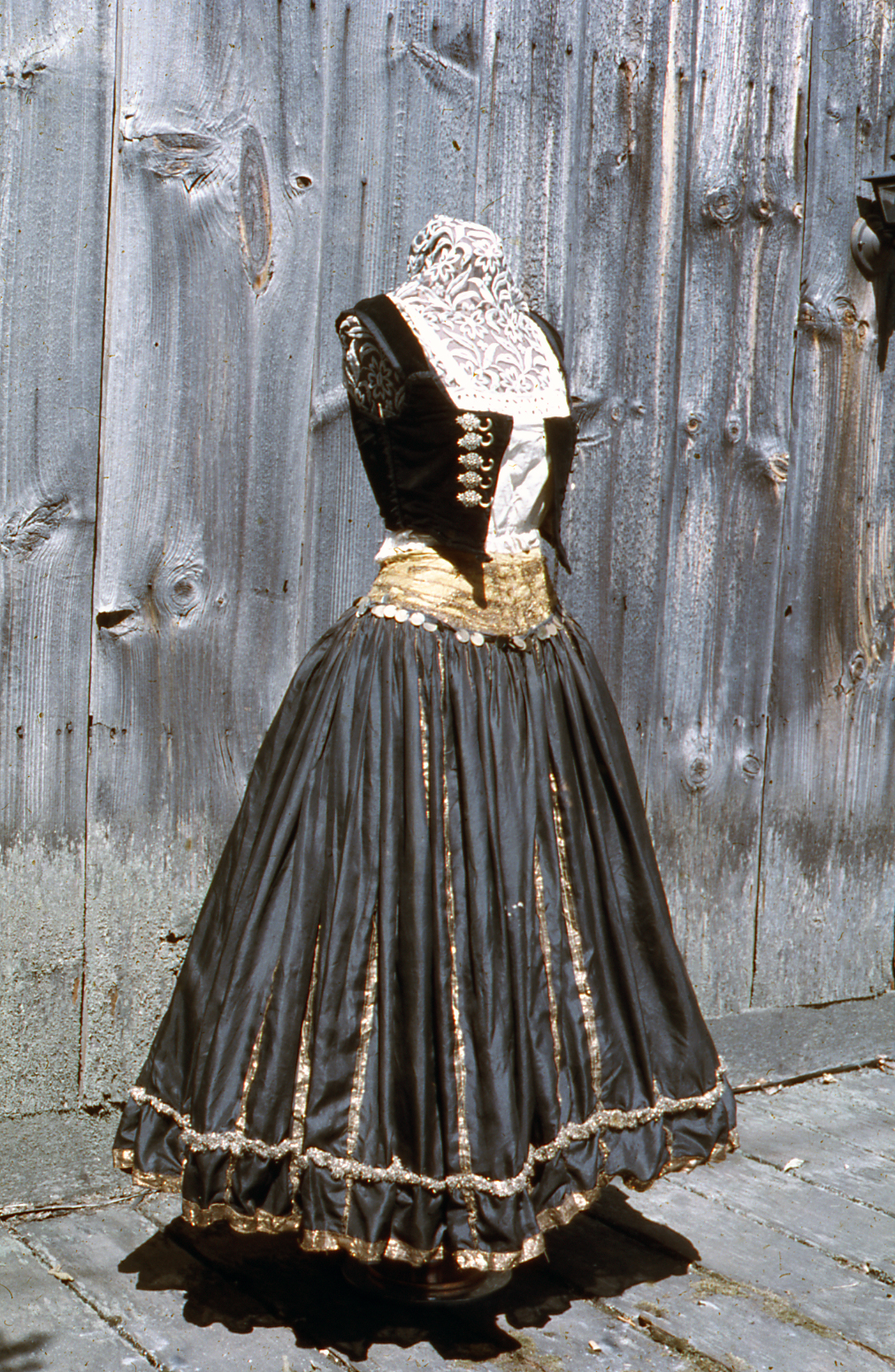
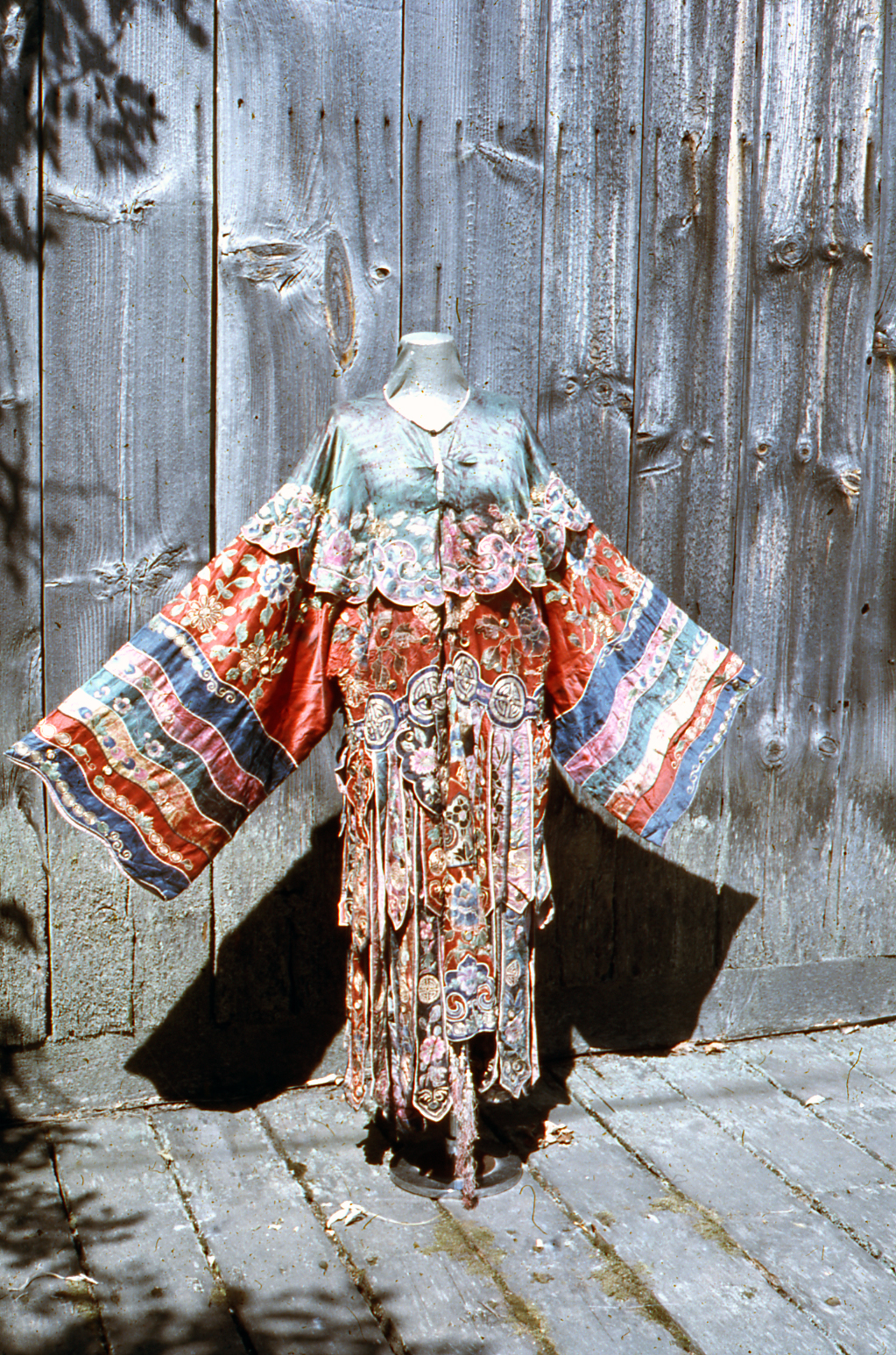

Opening the Trunks
In the summer of 1981, an inventory of a large number of the trunks was led by Norton Owen together with Jacob’s Pillow costume designer Charles “Chip” Schoonmaker. The trunks were carried outside and the contents spread onto sheets; items were grouped together, detailed descriptions and illustrations made, and Polaroids were also taken. Any names found inside were recorded and attributions made where possible. Owen and Schoonmaker were assisted by Barton Mumaw, formerly with Ted Shawn and His Men Dancers, who was giving his final public performances as part of a program entitled American Sampler. Also performing on the program was the Vanaver Caravan, who were presenting the Denishawn work Boston Fancy: 1854 reconstructed by former Denishawn dancer Jane Sherman. Sherman was also present at the Pillow, and assisted in identifying costumes and the works they were from.
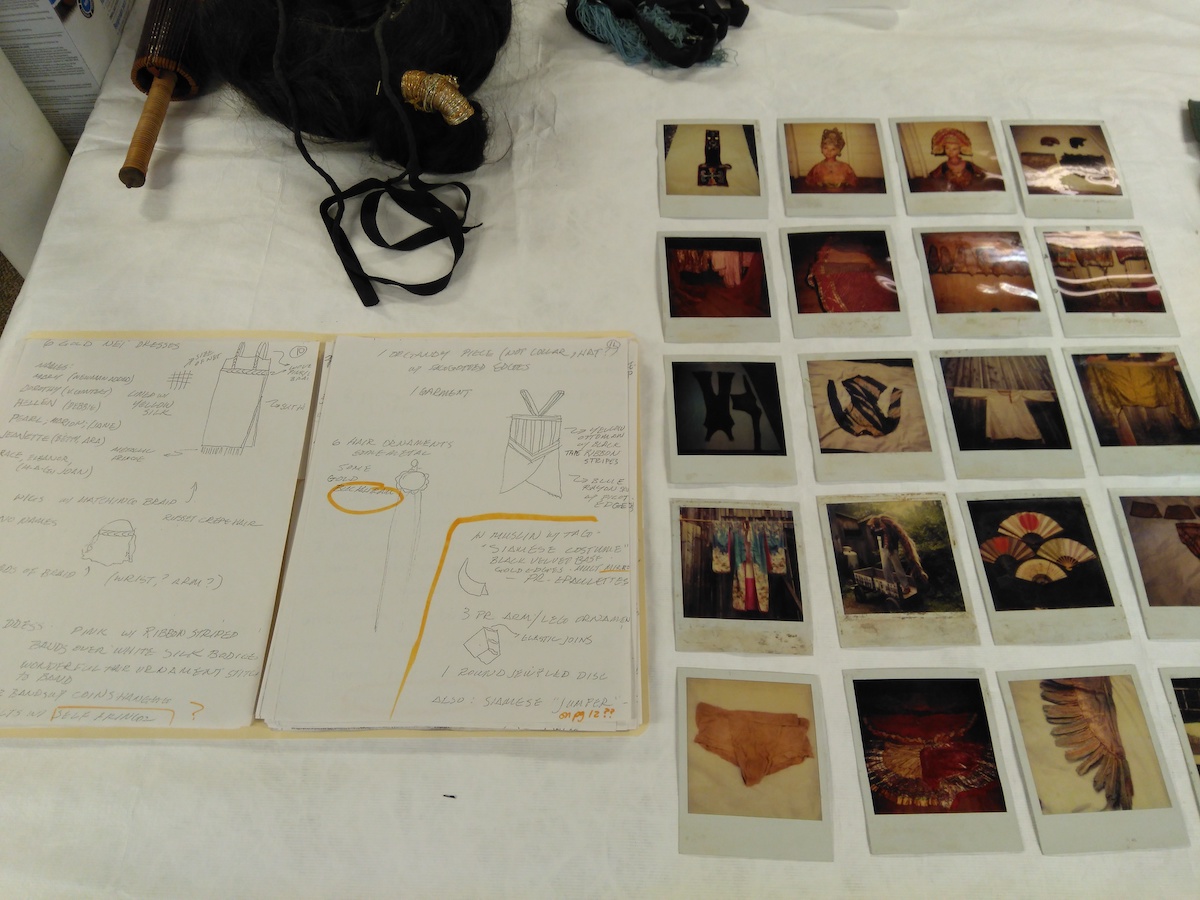
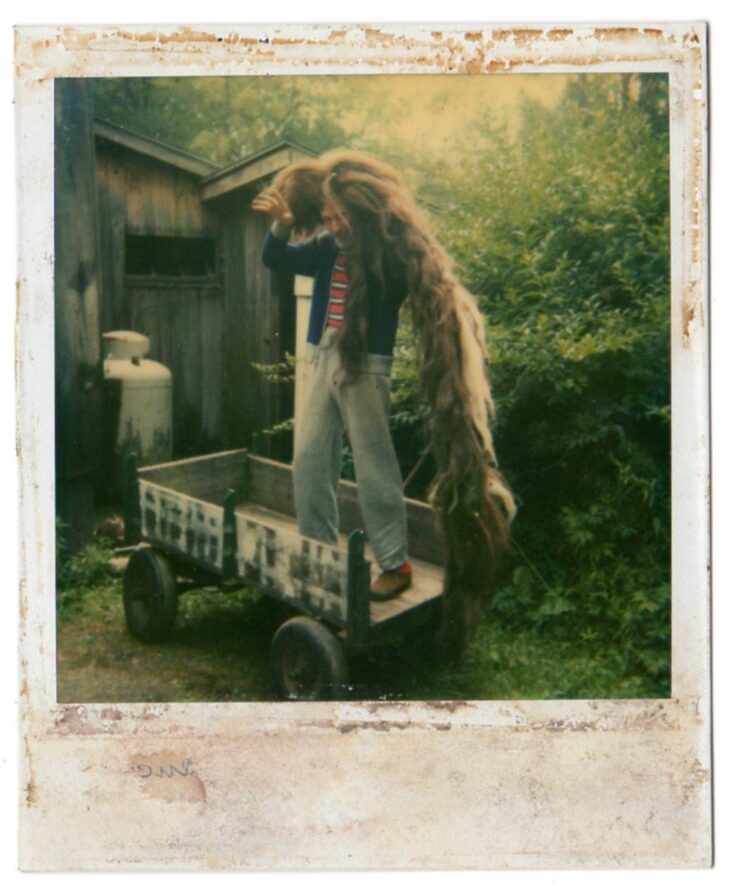
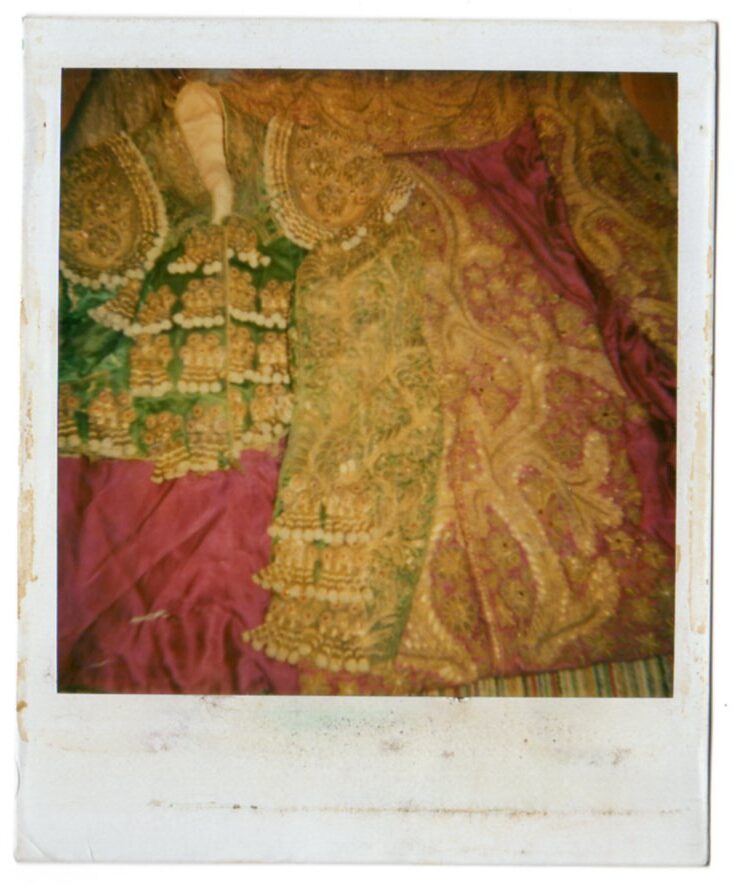
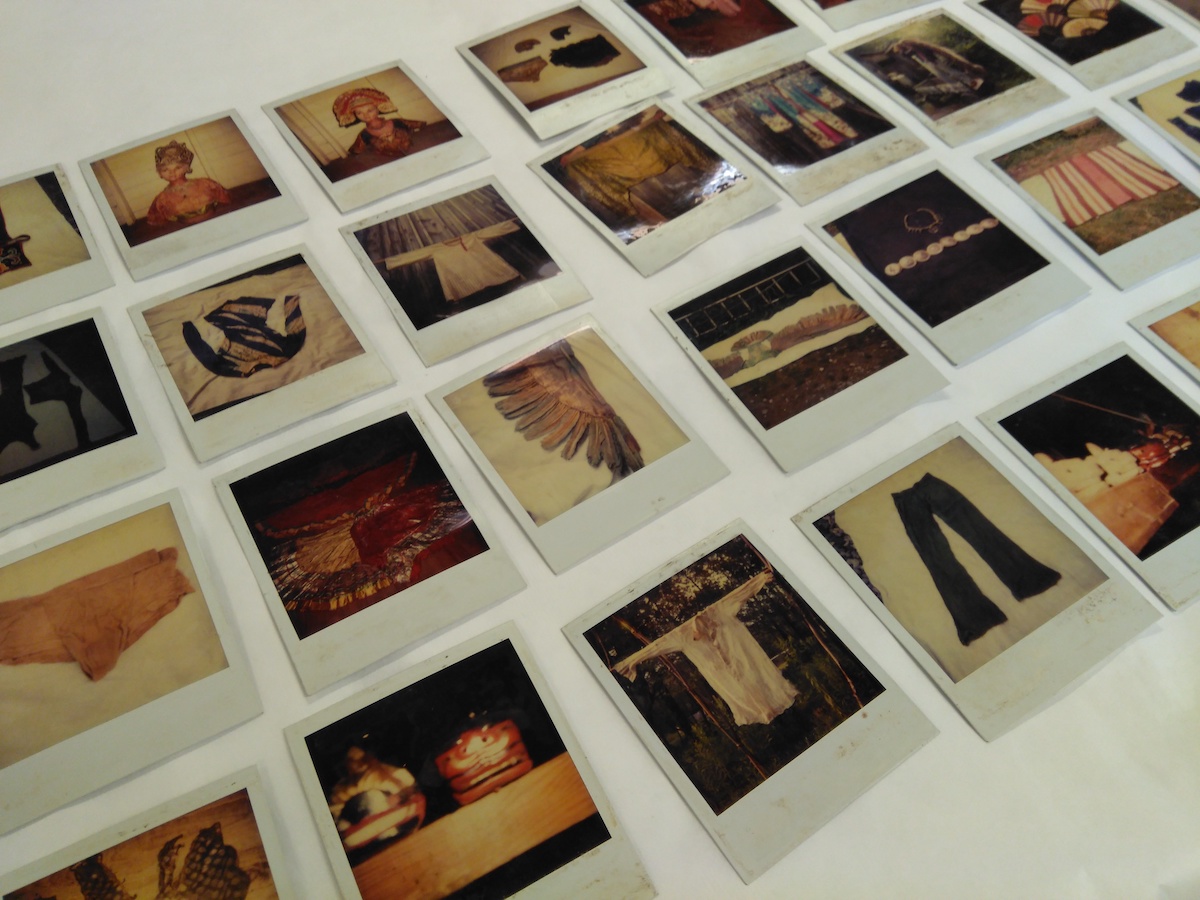

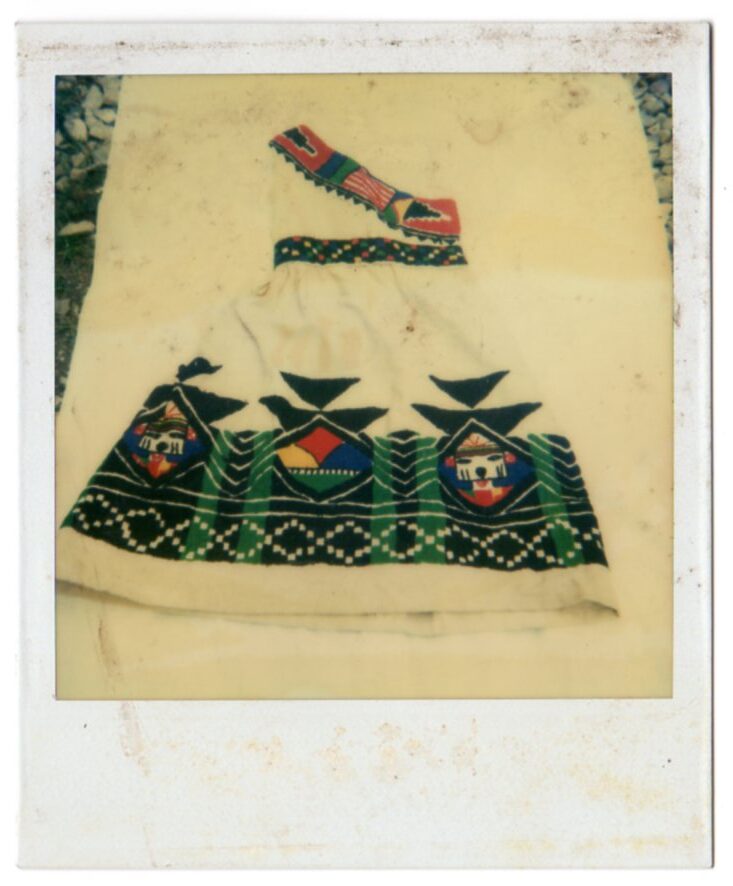
The following year (1982) The Berkshire Museum invited Jacob’s Pillow to create an exhibit. Owen chose a range of costumes items to display, including many of Shawn’s costumes.
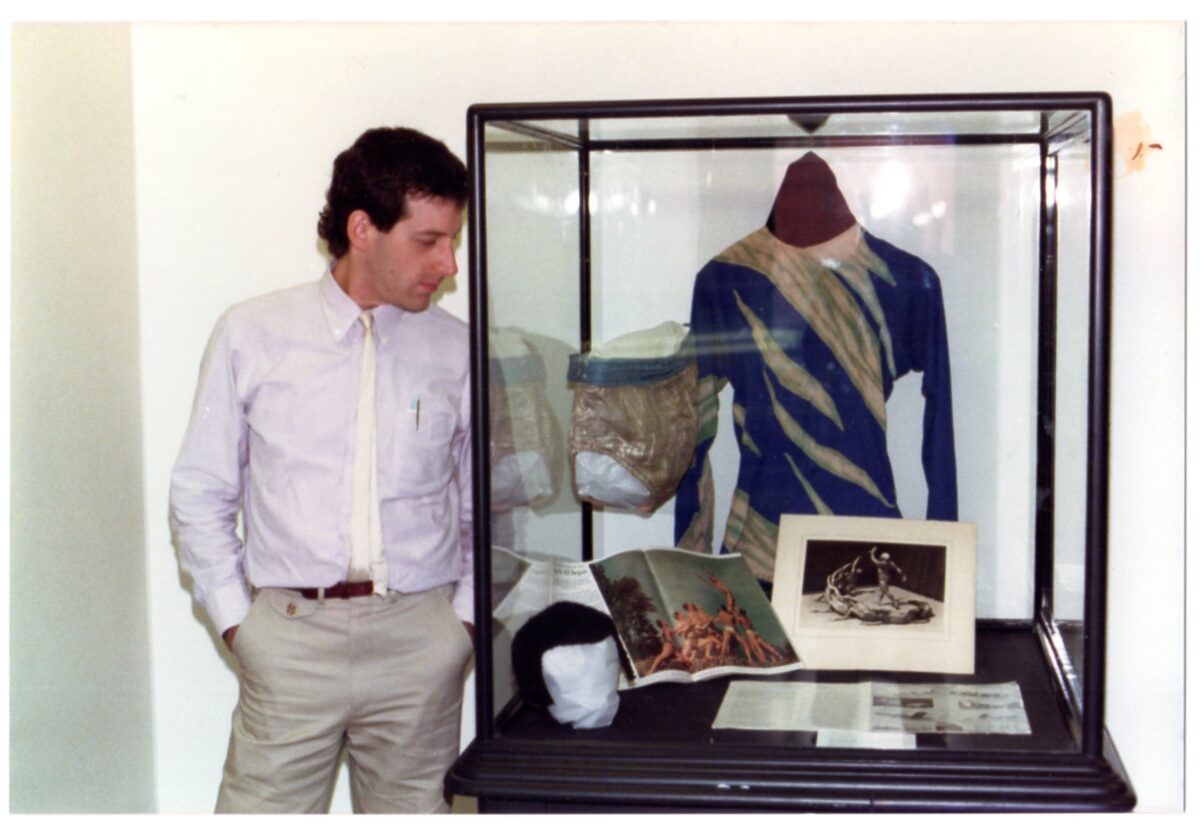
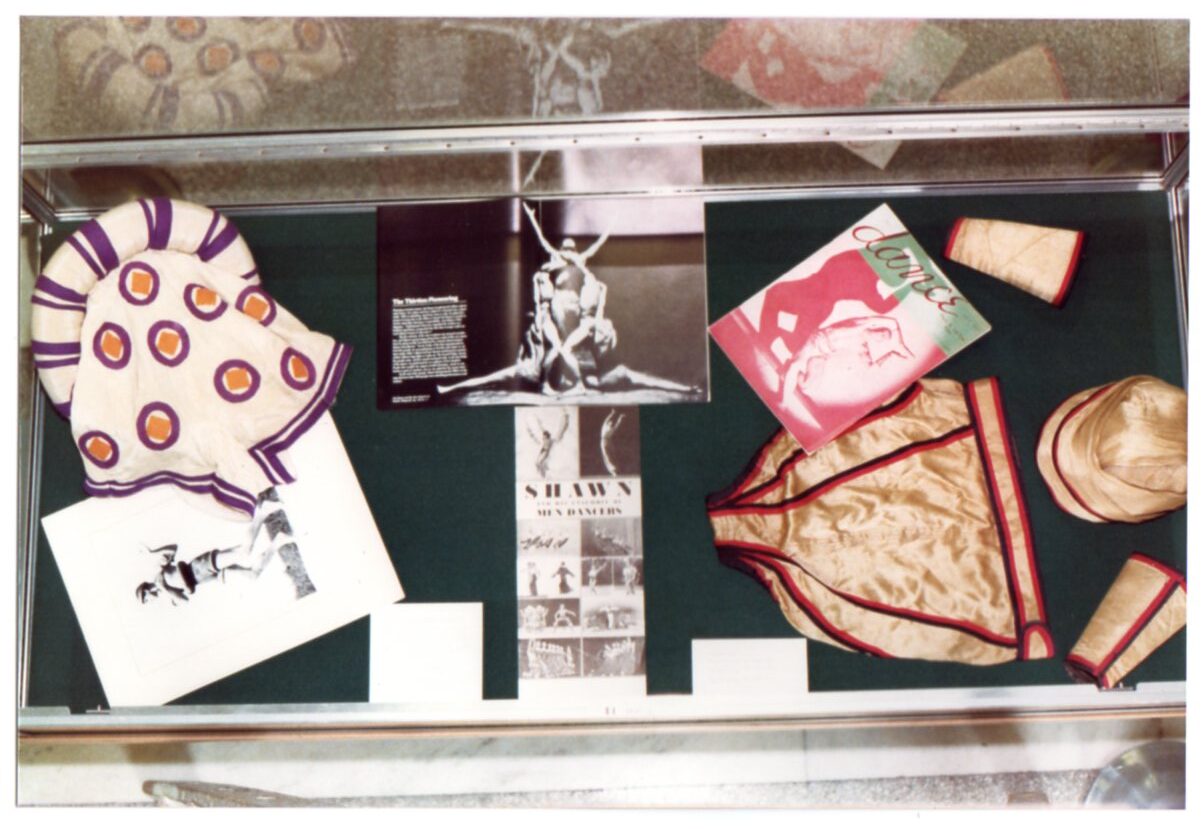
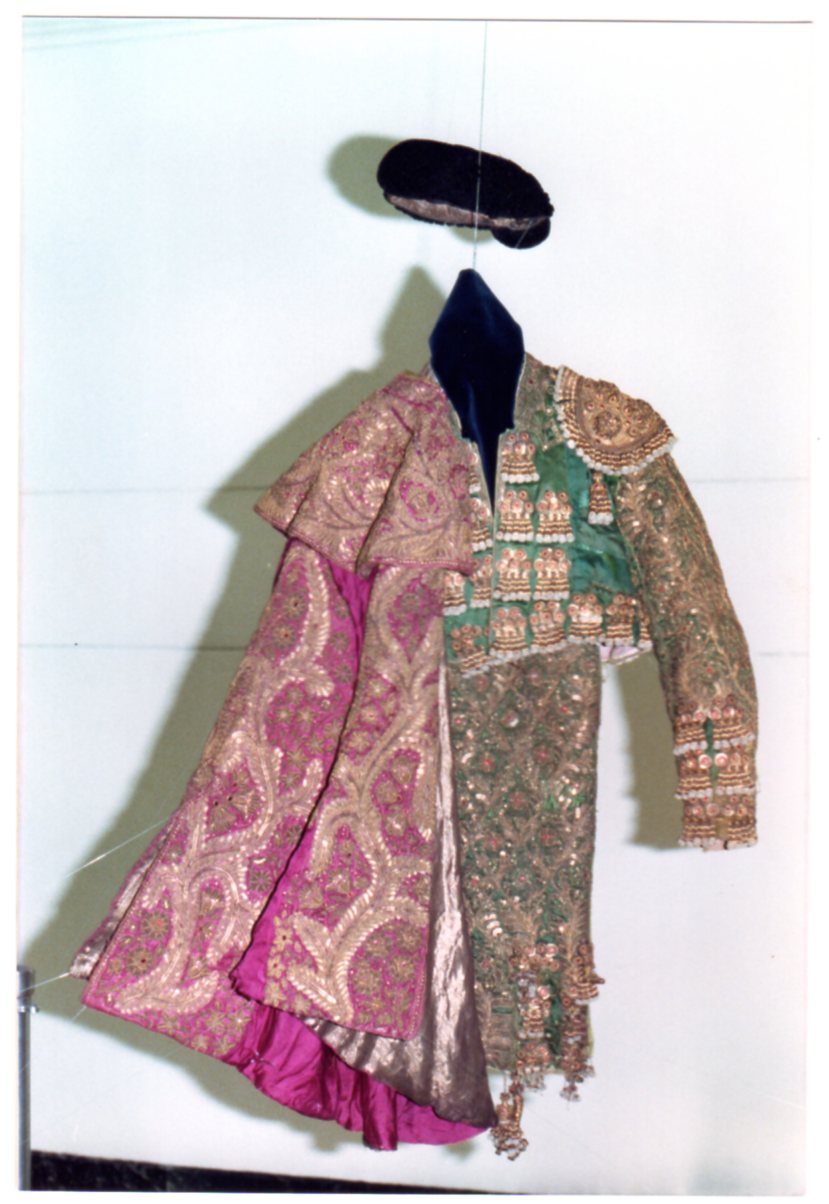
Ted Shawn: A Centennial Tribute to the Father of American Dance
After the Berkshire Museum exhibition, the costumes went back into the trunks and into storage around the Jacob’s Pillow campus. In the Spring of 1991, Owen was approached to curate the exhibition Ted Shawn: A Centennial Tribute to the Father of American Dance for The National Museum of Dance in Saratoga Springs, NY. The exhibition was so successful it ran for two seasons from May 1991 until October 1992. The exhibition featured key items from Shawn’s career, including costumes from Cuadro Flamenco, Valse Directoire, and The Siamese Ballet.
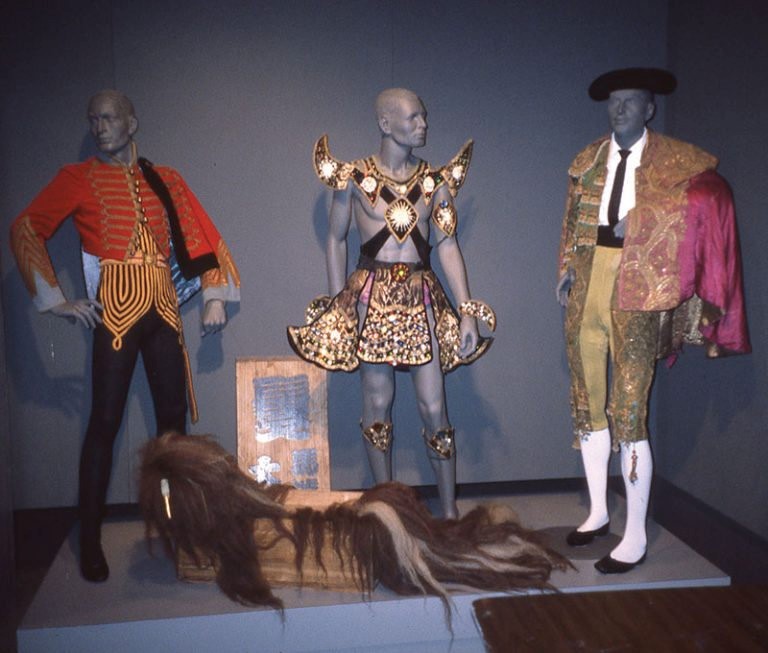
In the mid-1990s the trunks of costumes were moved in stages to the basement of the newly-constructed Blake’s Barn where they would be in a more stable climate.

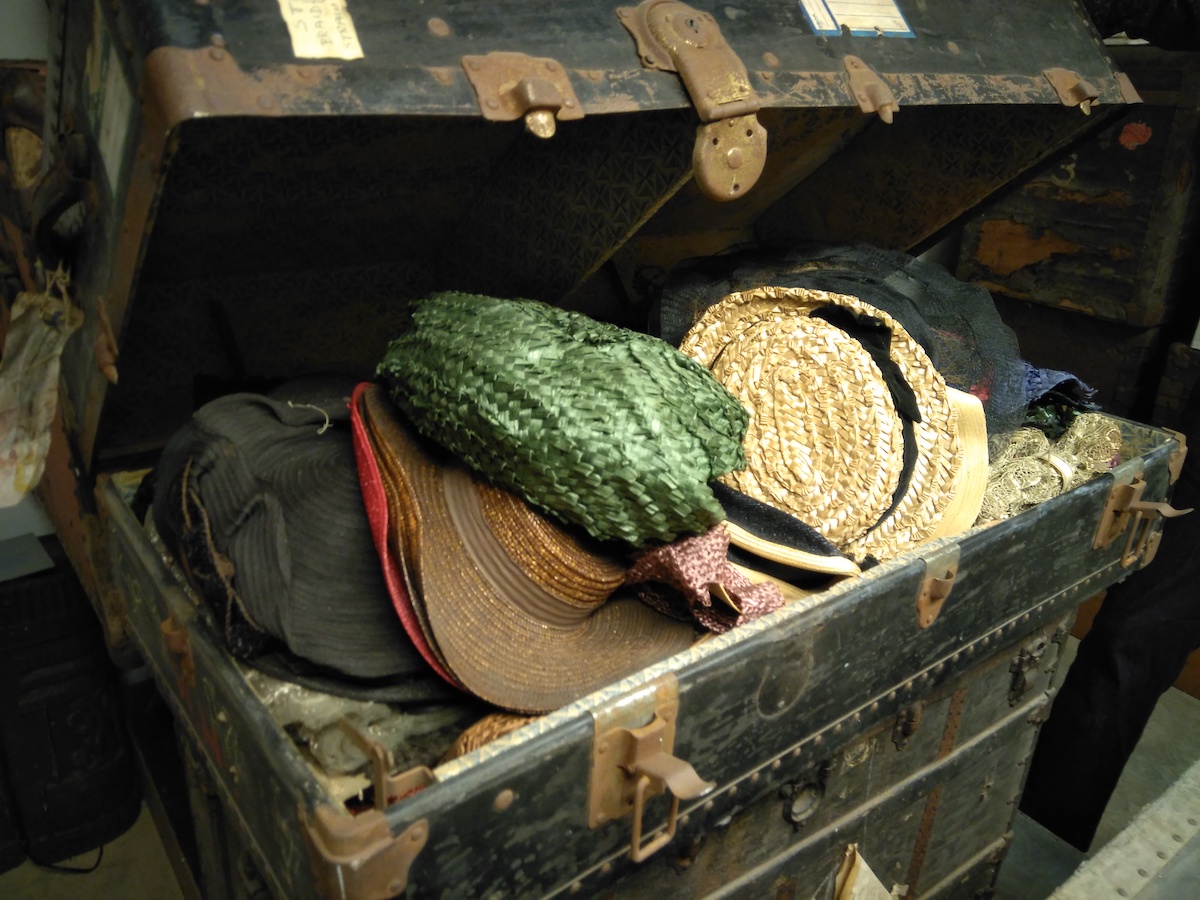
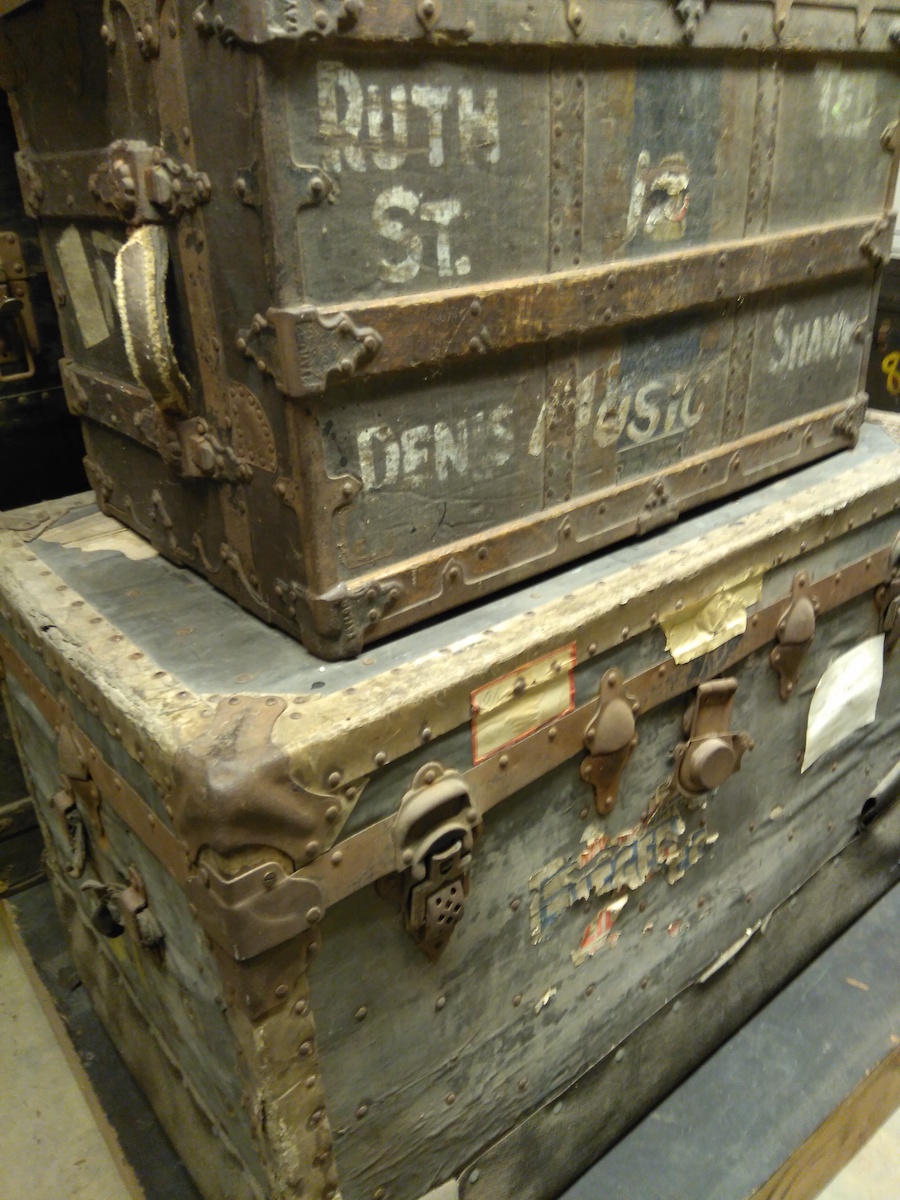
In the early 2000s, a project began to line the trunks with muslin and wrap the contents in acid-free tissue. At the same time a second collection of costumes was donated to Jacob’s Pillow from the Dance Department at the University of California, Los Angeles, UCLA. These costumes had been donated to UCLA by Ruth St. Denis herself in the 1960s, and consisted of the costumes she had kept after the initial division with Ted Shawn in 1932 as well as later additions. Prominent works represented in this collection include: Angkor-Vat, The Cobras, The Dance of Theodora, The Incense, Kuan Yin, The Legend of the Peacock, Nautch Dance, O-Mika, Radha, and Valse Directoire. UCLA transferred the collection to the Jacob’s Pillow Archives in 2000.
Re-opening the Trunks
Between 2000 and 2018 a small selection of costume and prop items were periodically taken out for display or loaned to other institutions (as listed below). Beginning in January 2018, the 33 trunks stored in the basement of Blake’s Barn were opened and the contents catalogued and rehoused.
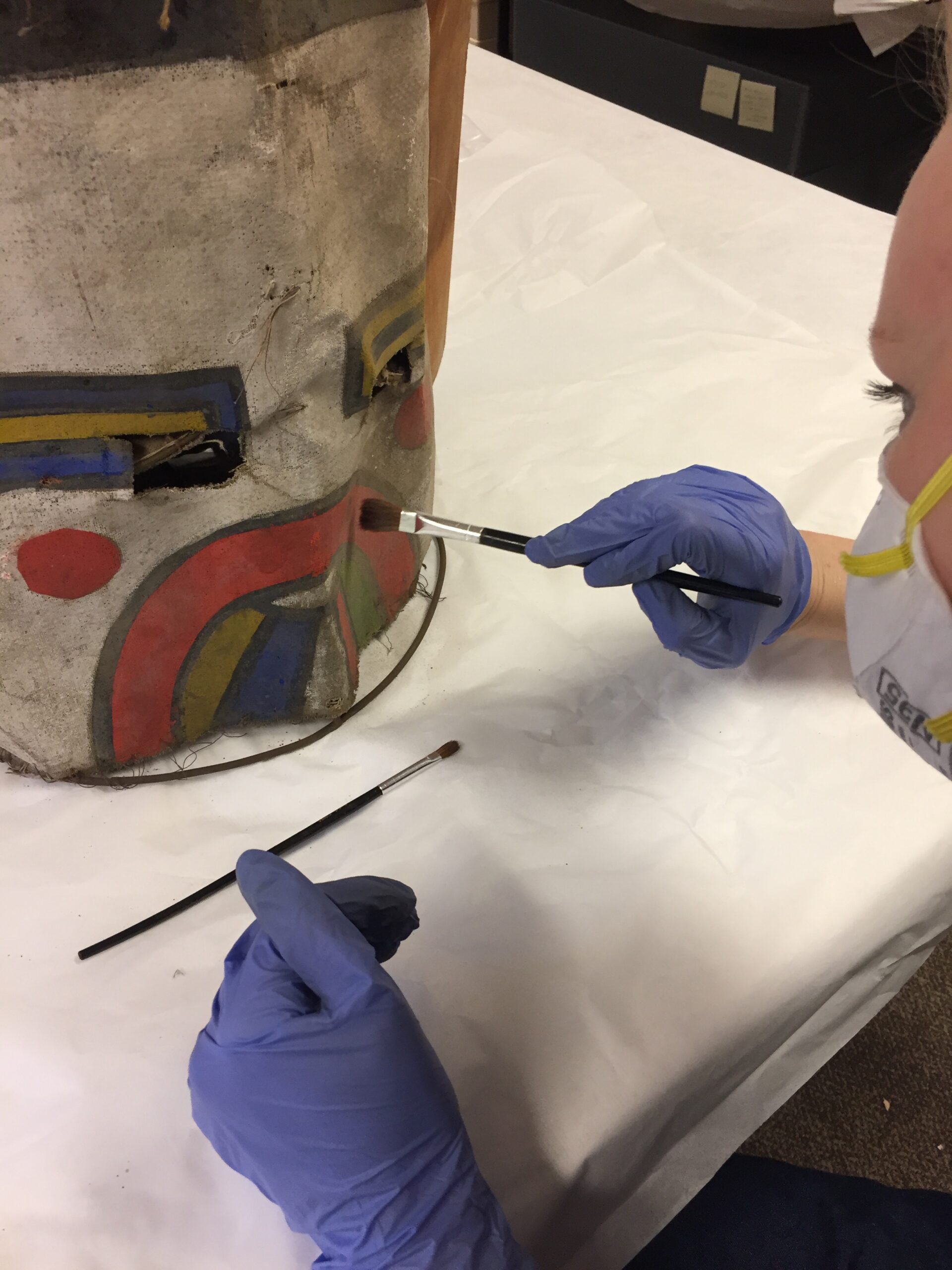
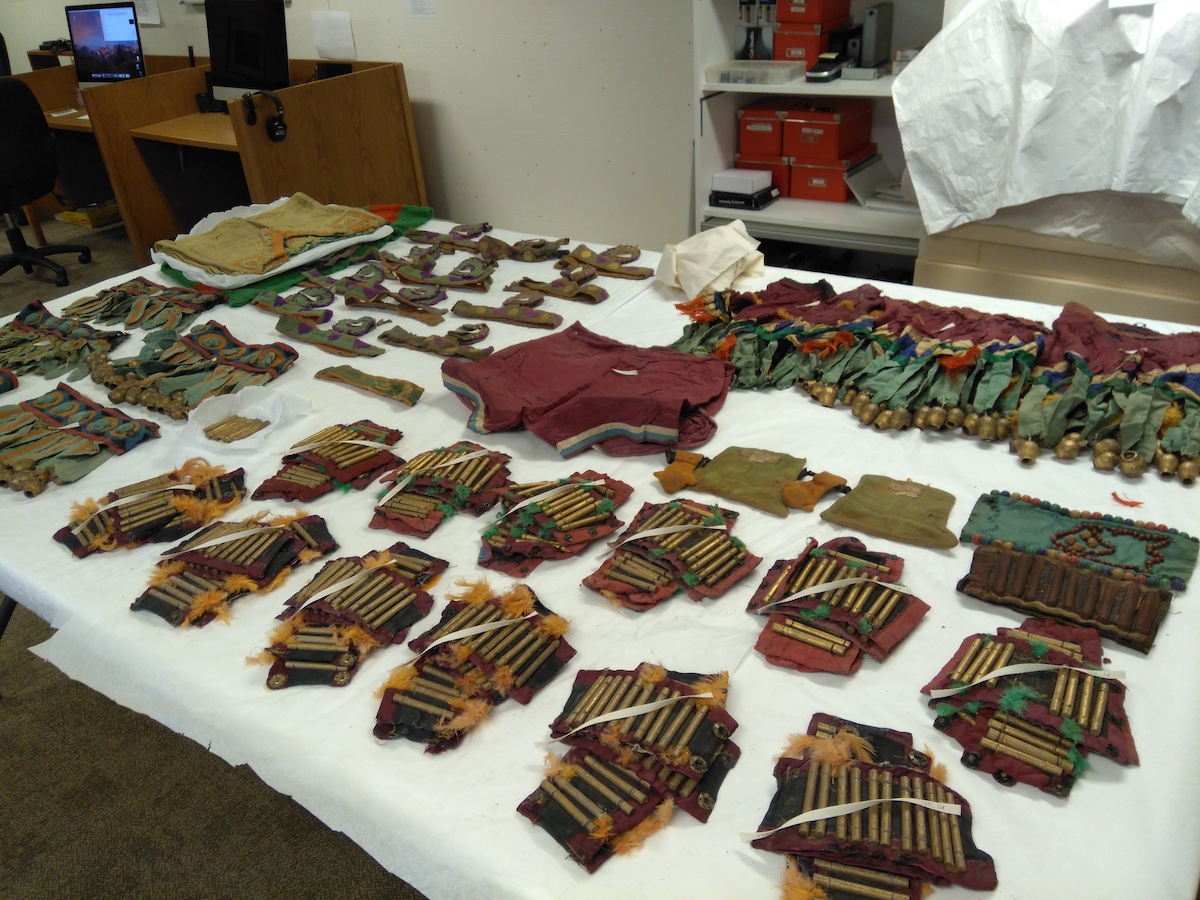
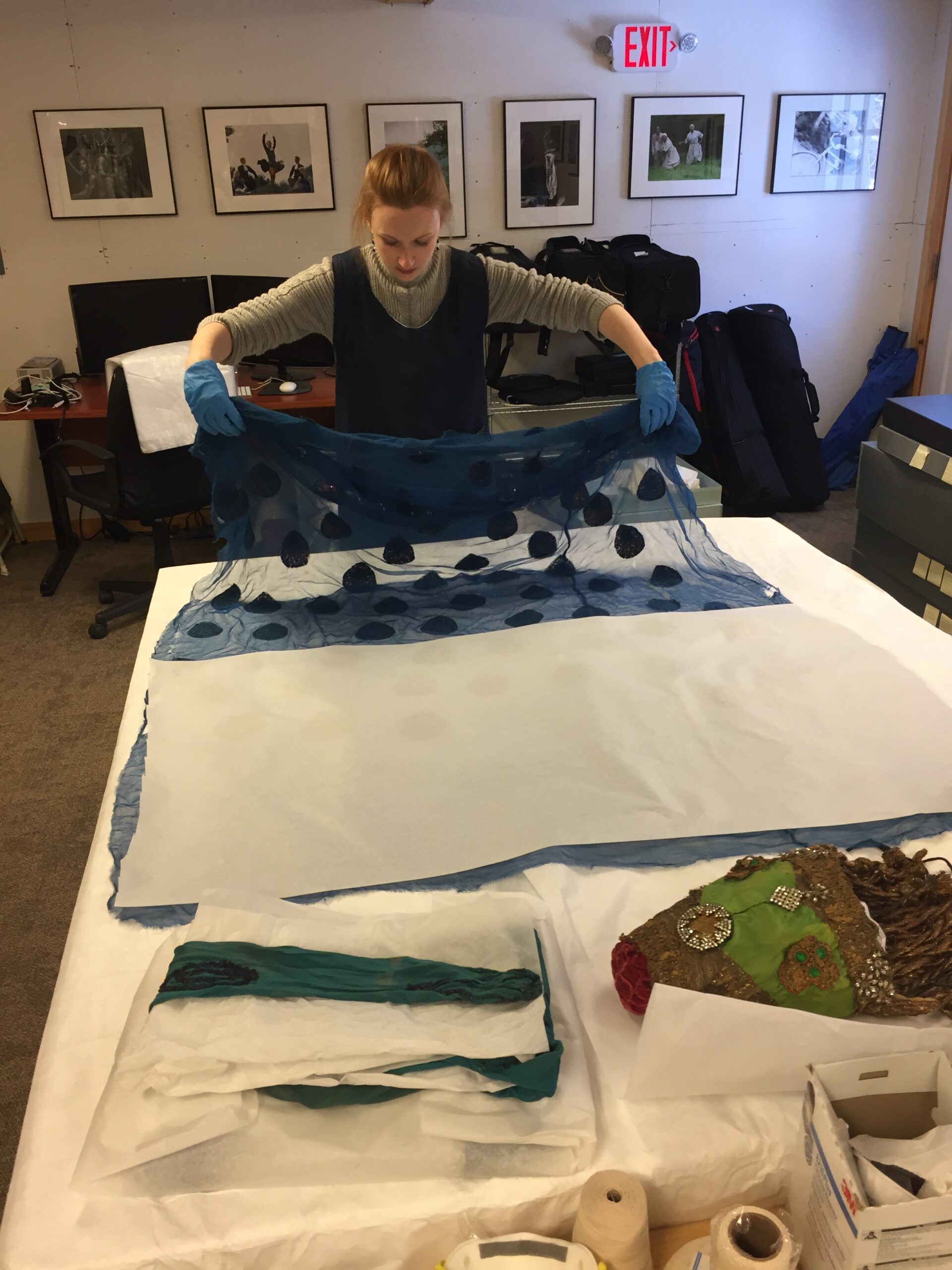

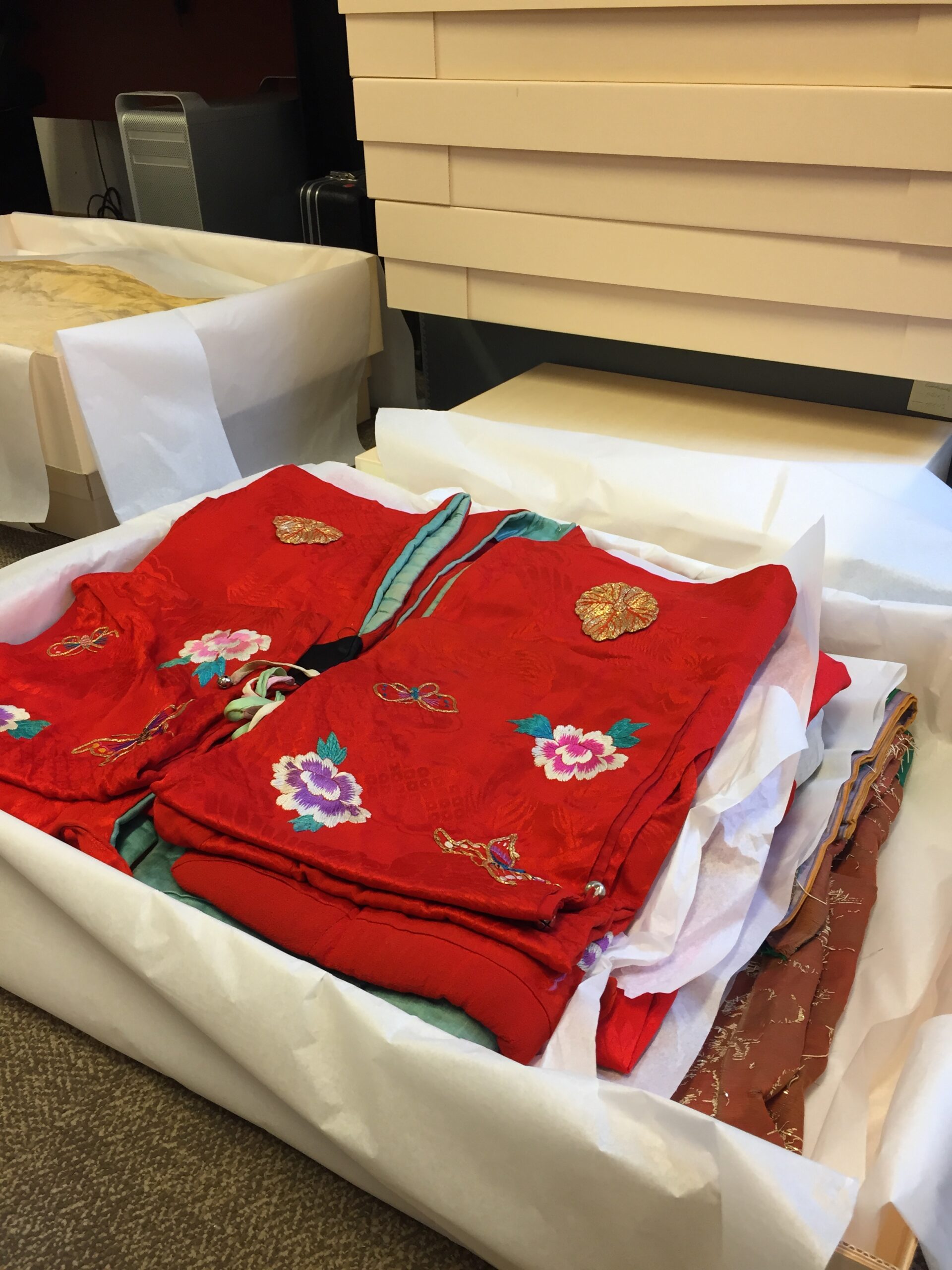
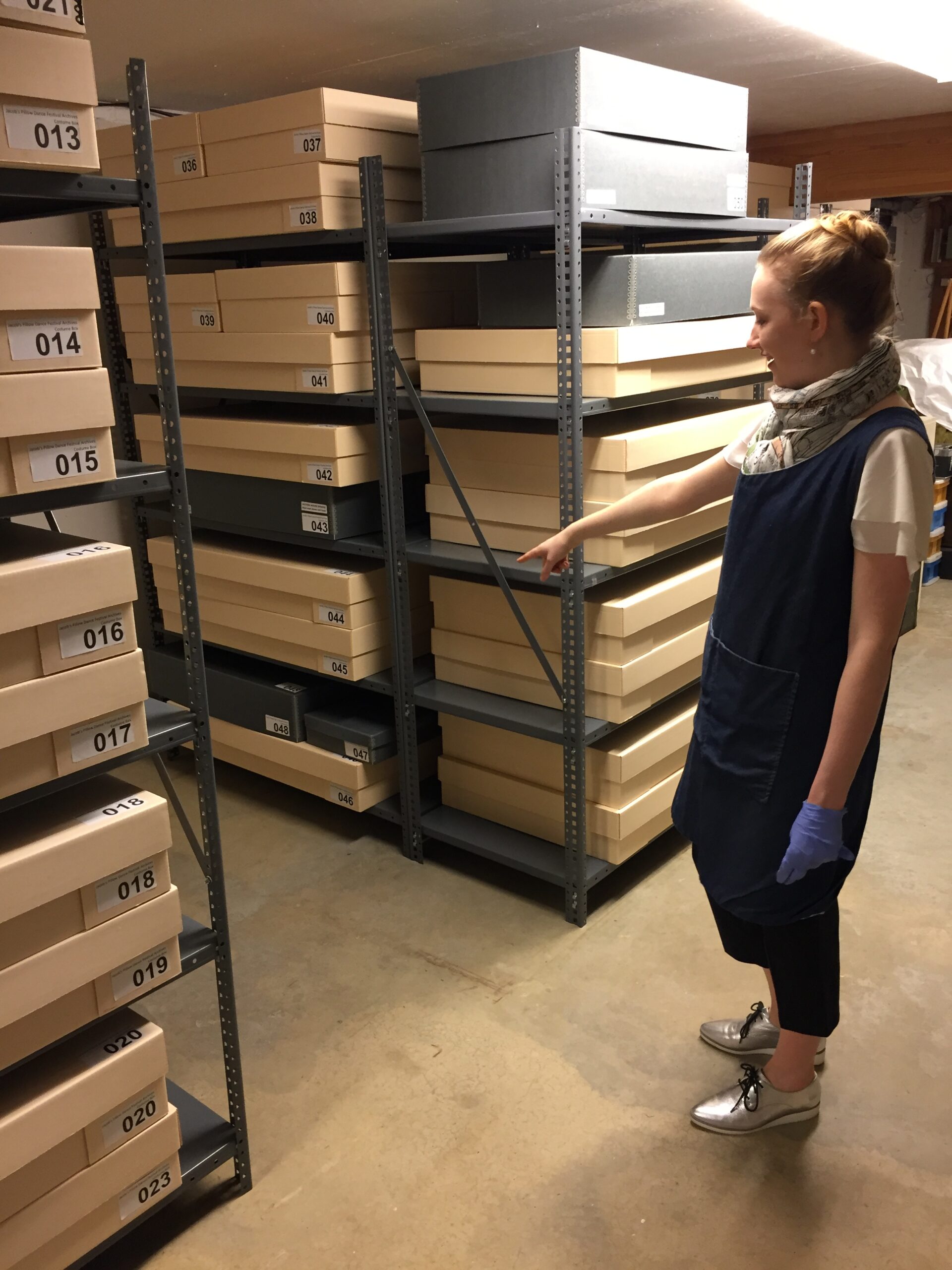
The collection was divided into two parts. Part One, The Ted Shawn Costume Collection, includes items from:
Denishawn Company: Black and Gold Nautch, Cuadro Flamenco, Death of a Bull God, The Egyptian Ballet, Feather of the Dawn, General Wu’s Farewell to His Wife, Josephine and Hippolyte, Momiji Gari, The Siamese Ballet, Xochitl.
The Men Dancers: Dance of the Ages – Fire, Air, Water, and Earth sections, Danza Afro-Cubana, The Forty Niners, The Jazz Decade, Kinetic Molpai, Maori War Haka, Olympiad – Basketball and Cheerleaders sections, Osage-Pawnee Dance of Greeting, Ponca Indian Dance.
Also included in this collection were some additional donations: two trunks of costumes and accessories belonging to former Denishawn Dancer Mary Howry, a trunk of East Indian costume and accessories owned by Mrs. John Millet, a trunk of costumes owned by Hadassah (Hadassah Spira Epstein), items donated by Jane Goldberg, and items donated by Malcolm McCormick.
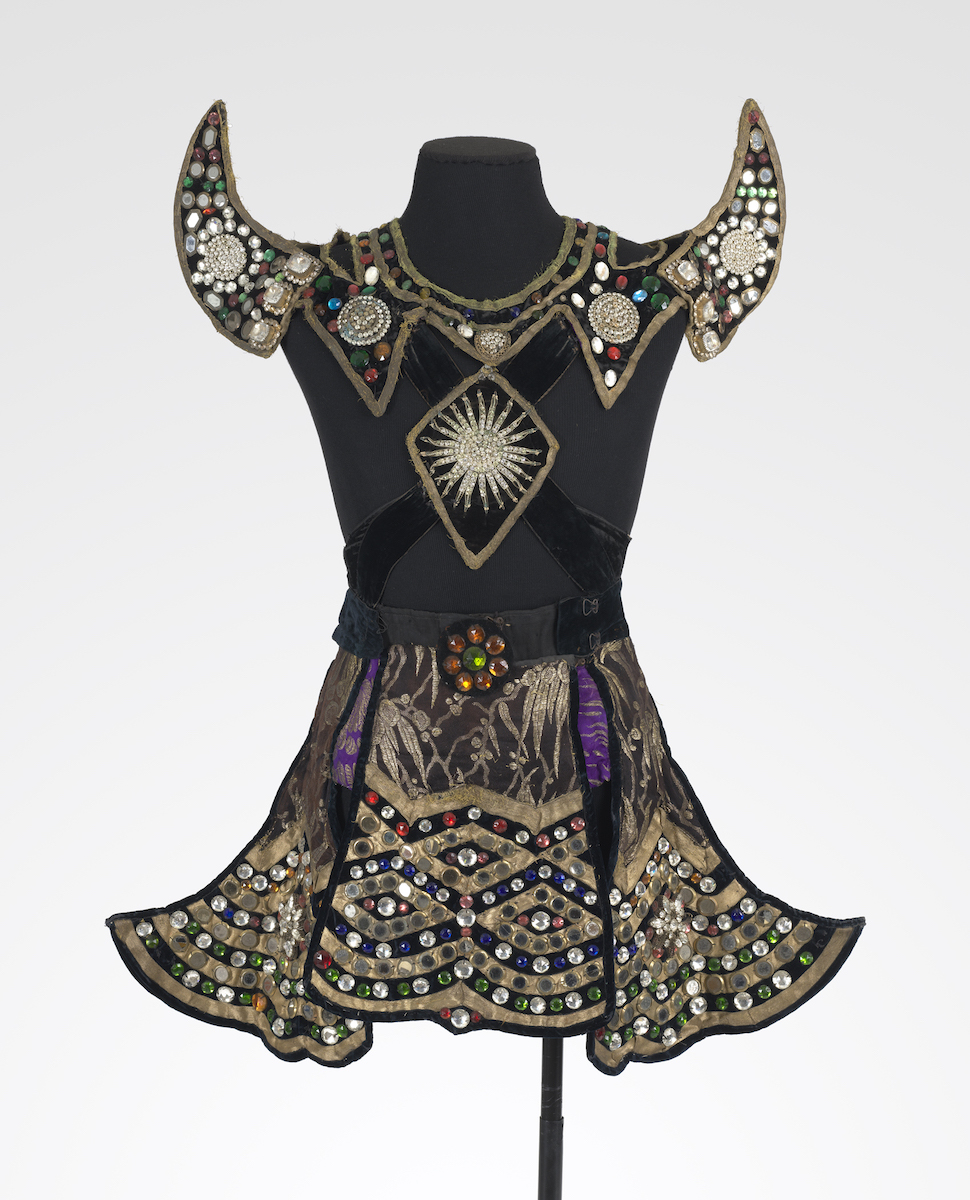
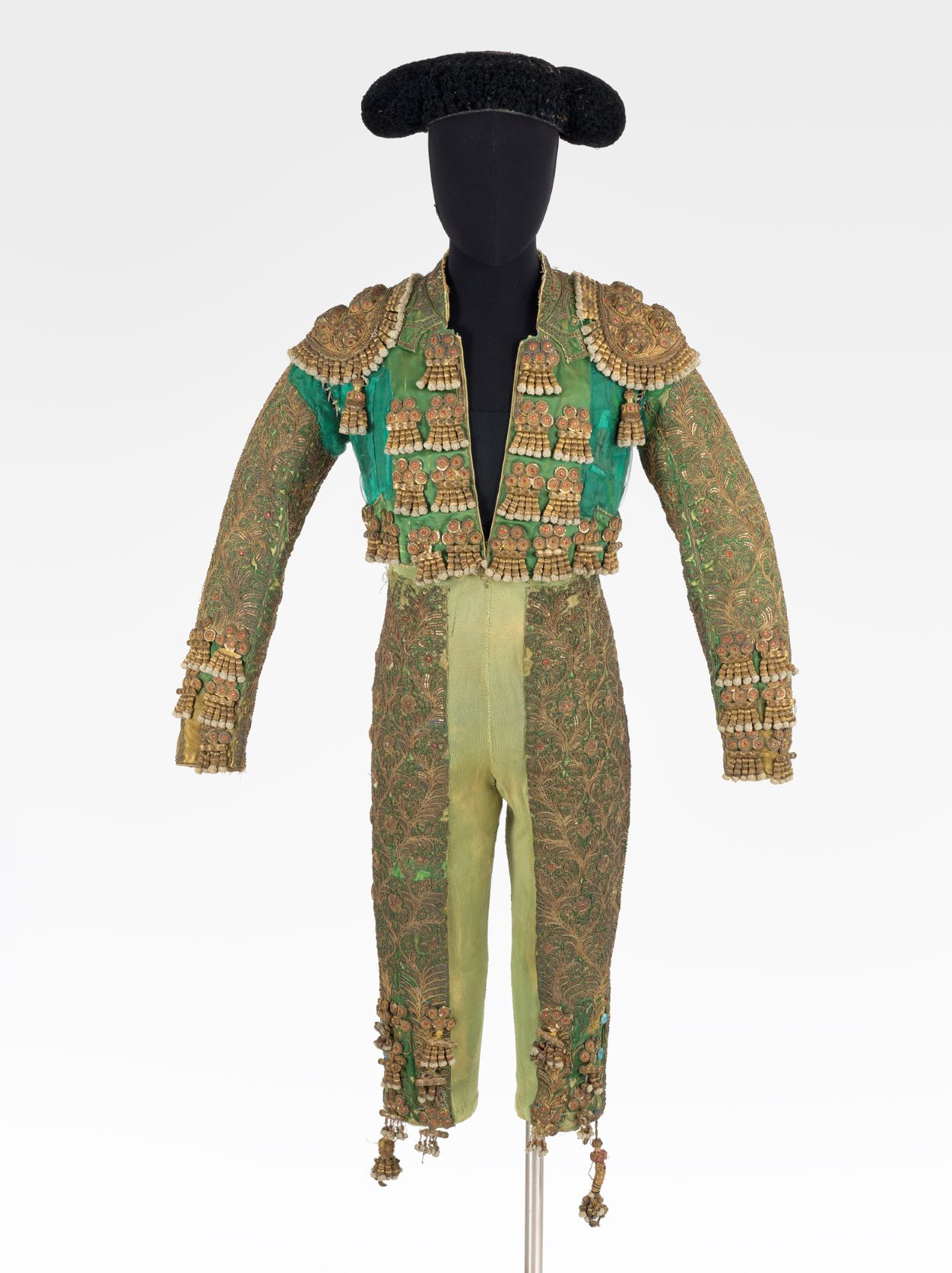
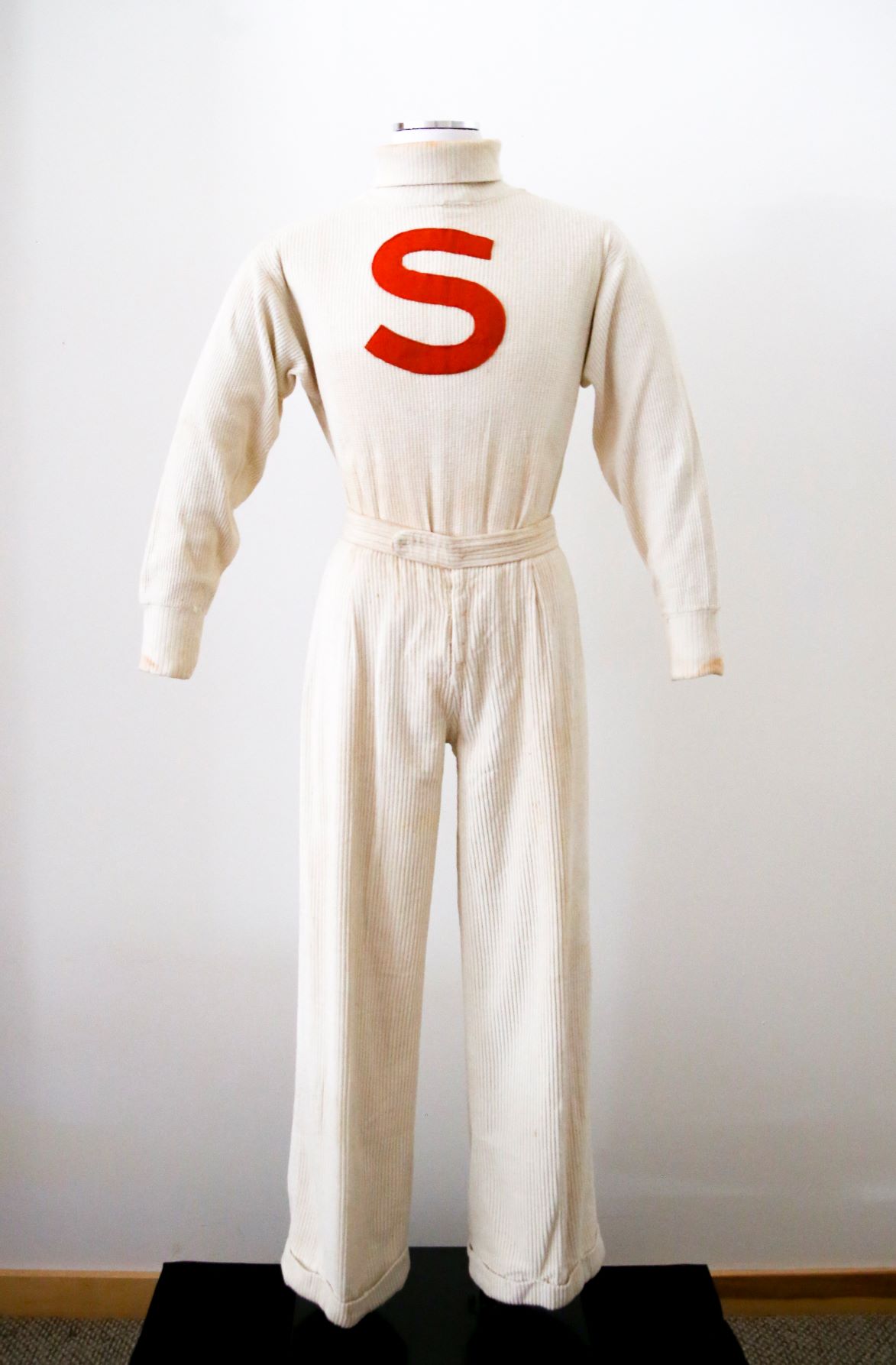
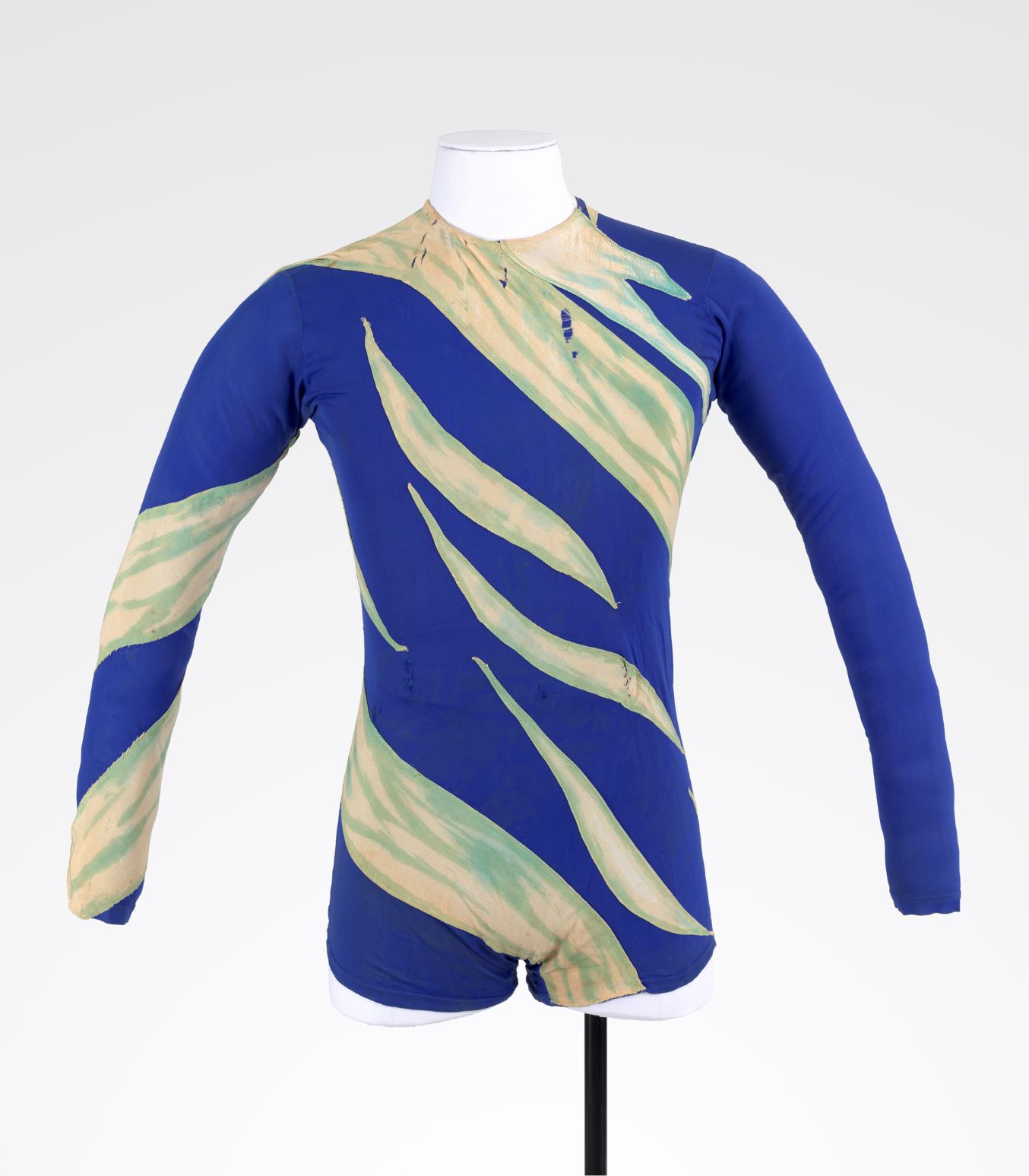
The second part consists of The Ruth St. Denis UCLA Costume collection, which is made up of the five trunks of costumes donated to Jacob’s Pillow in 2000.
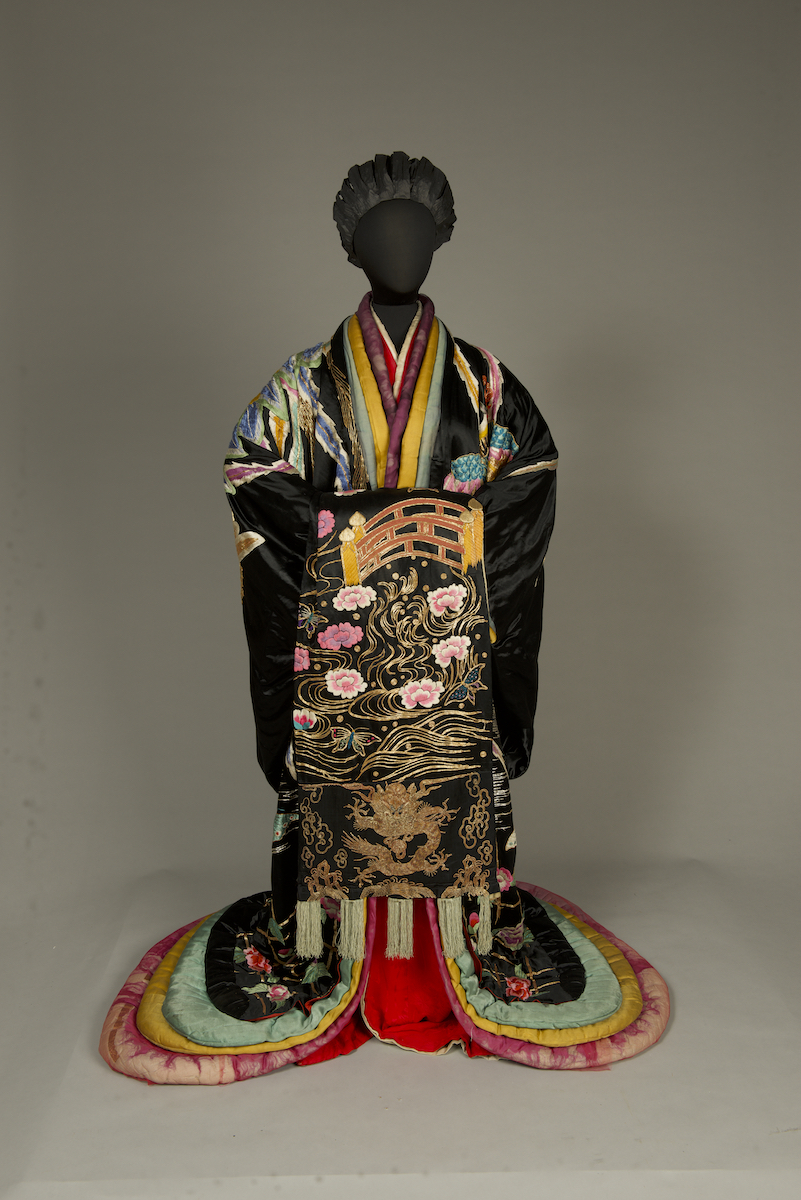
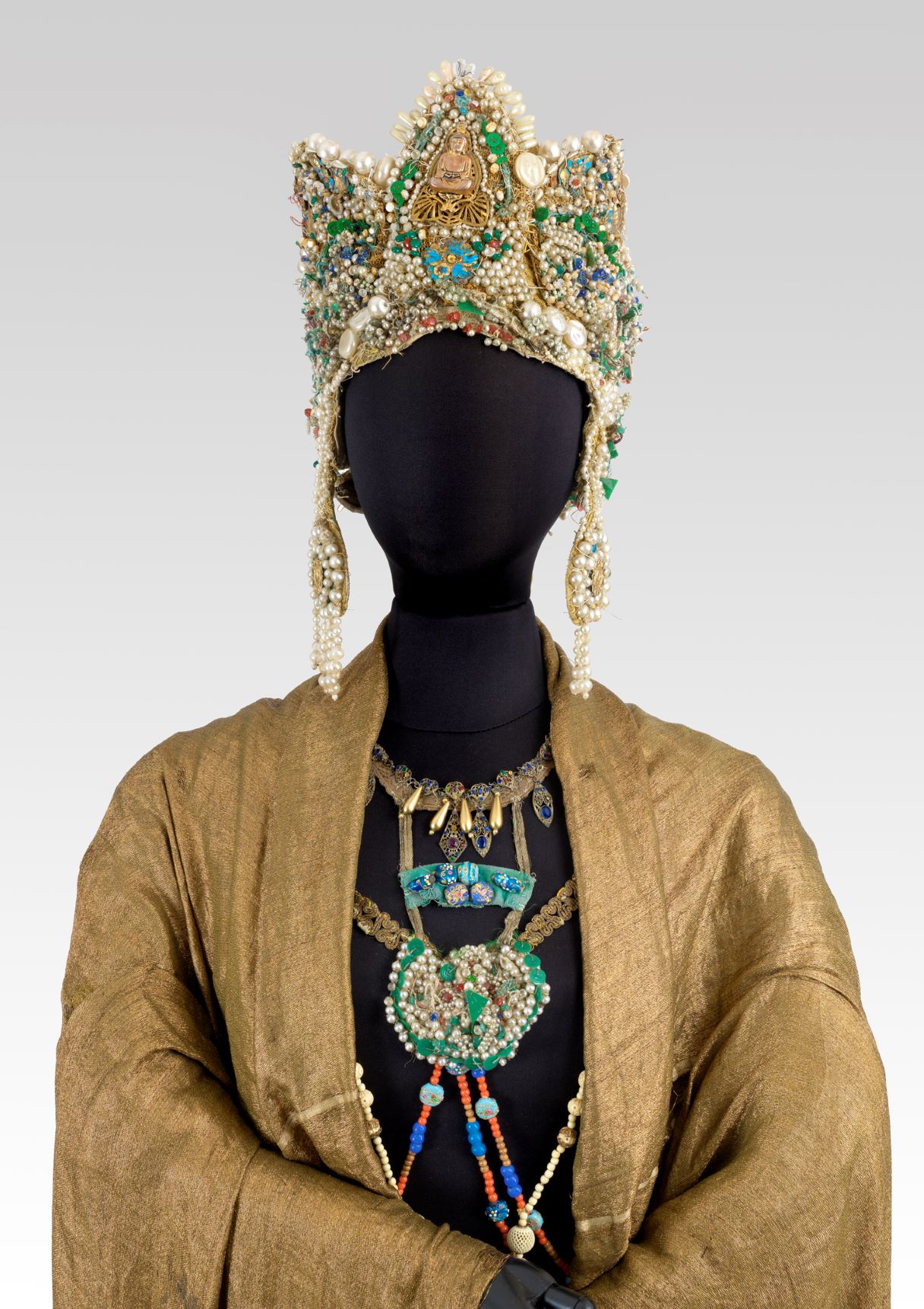
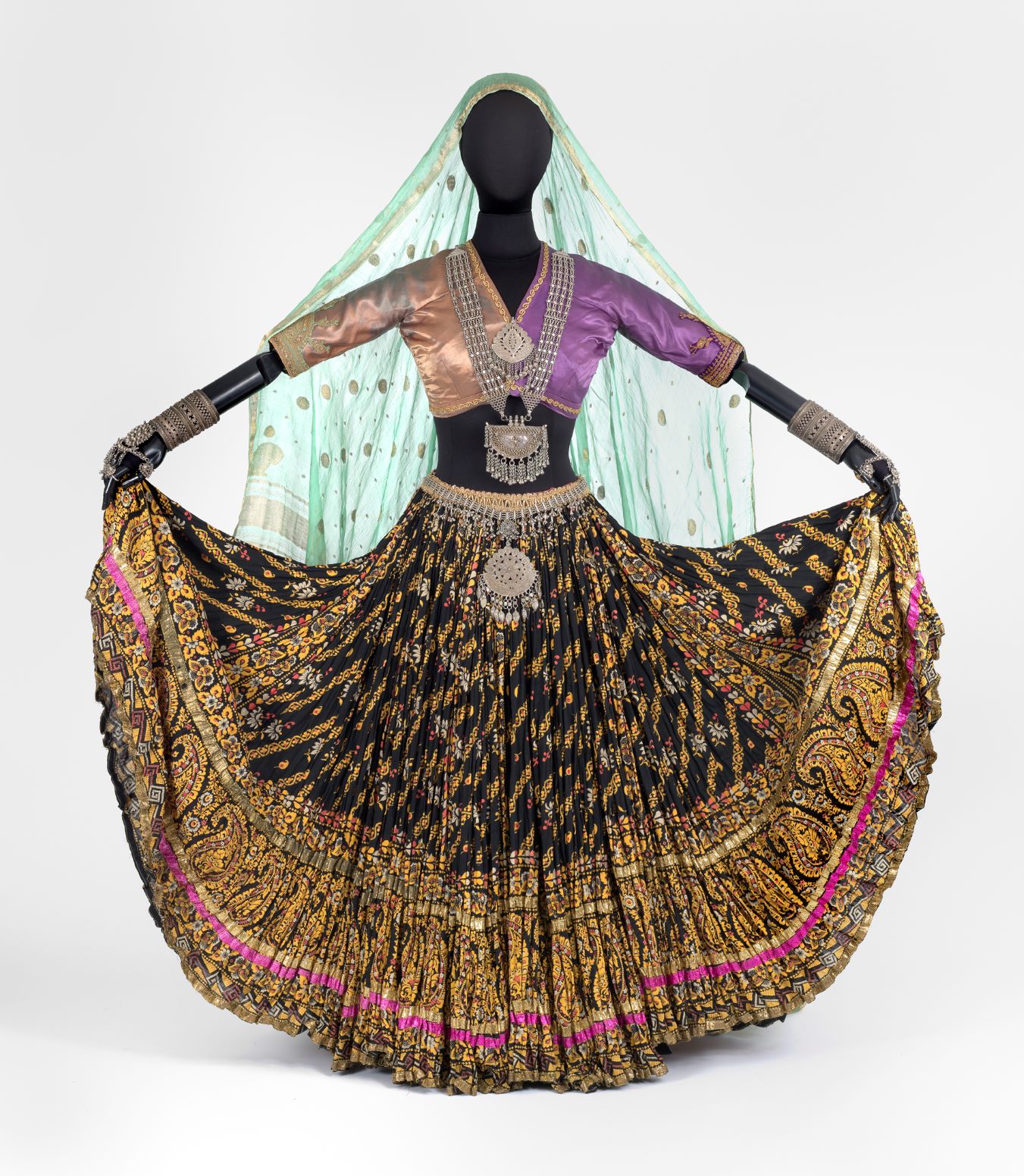
While the Jacob’s Pillow costume collection encompasses the majority of costumes from Ruth St. Denis, Denishawn, and Ted Shawn and His Men Dancers, another smaller collection also survives at Florida State University. The Killinger Collection represents additional costumes owned by Shawn that had been stored in Florida, and in some cases the other half of sets and ensembles housed in the Ted Shawn Costume Collection at Jacob’s Pillow.
The Killinger collection was acquired in the summer of 1983 by Pam and Charles Killinger at the auction of John Christian’s (partner of Shawn and former director of Jacob’s Pillow) estate in Eustis, Florida. Pam Killinger was the bidder against the auctioneer. She later wrote:
I was afraid that if he [the auctioneer] acquired the collection it would be sold off piece-by-piece, perhaps to people who didn’t even understand its significance to dance history, but who just wanted an interesting trinket to place on a mantlepiece or coffee table.Killinger quoted in The Killinger Collection, p. 5
Killinger acquired approximately 400 articles and donated them to the Florida State University Department of Dance. While physically separate from the Ted Shawn Costume Collection at Jacob’s Pillow, they represent a significant counterpart to the Pillow costumes.
In 2018 the two primary Jacob’s Pillow collections (Ted Shawn Costume Collection and The Ruth St. Denis UCLA Costume Collection) were catalogued and rehoused, numbering some 2,500 costume and prop items. The earliest costume identified is from 1906 and was worn by Ruth St. Denis in The Cobras; the most recent costumes date from 1969 and were made for The Mountain Whippoorwill, produced at Jacob’s Pillow.
The Ted Shawn Costume Collection and Ruth St. Denis UCLA Costume Collection are now fully accessible and available for research.
Exhibitions and Loans Involving the Jacob’s Pillow Costume Collection
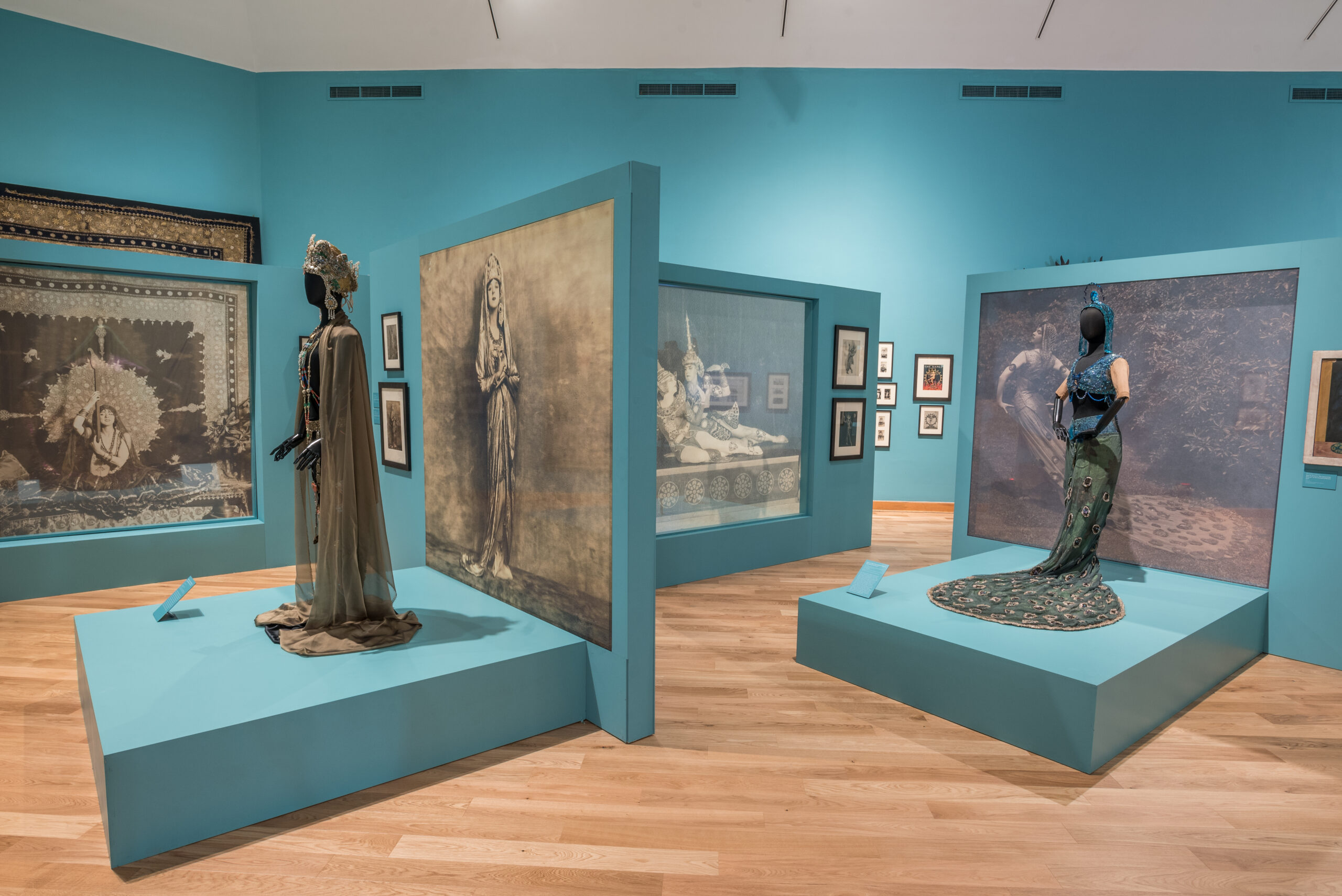



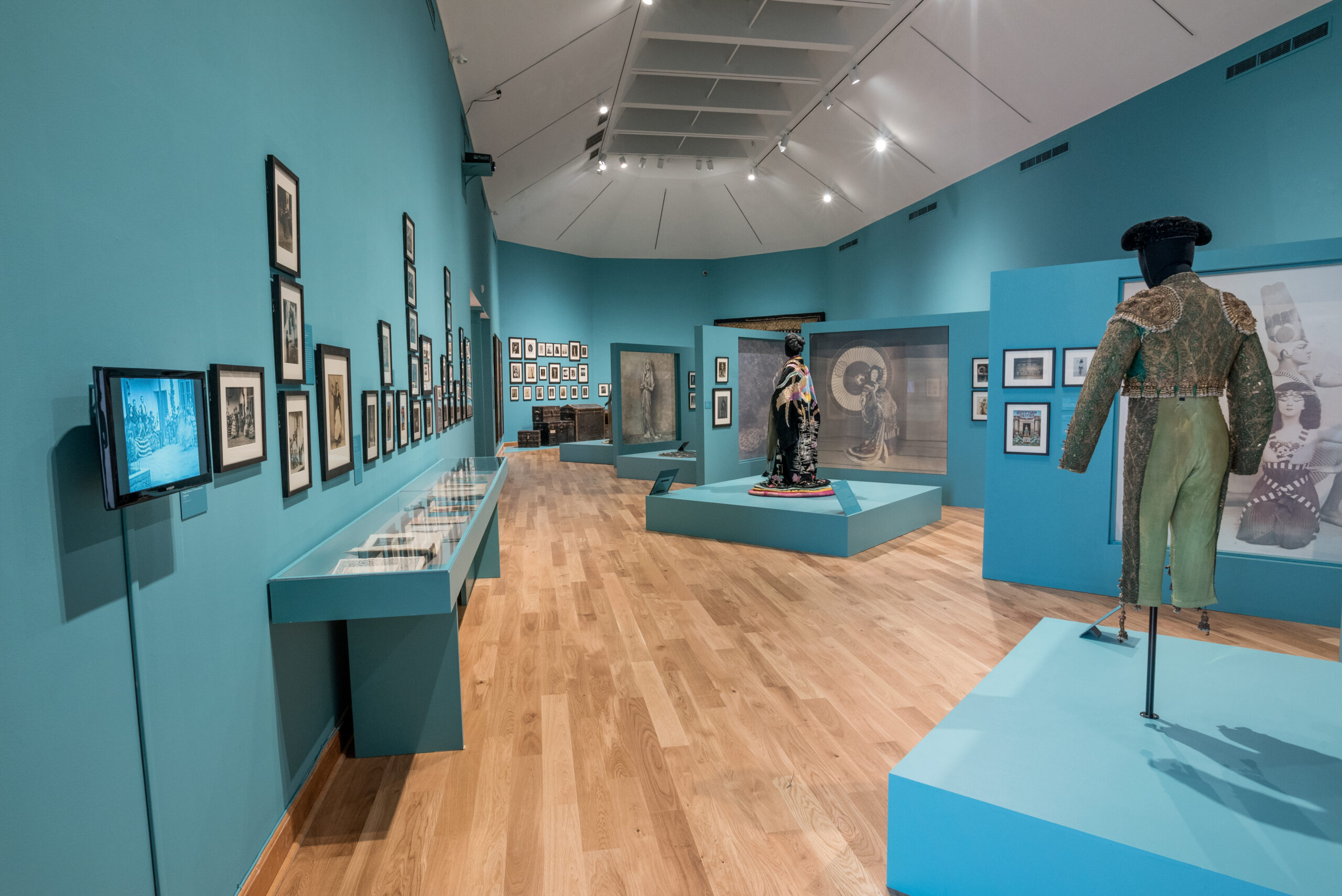
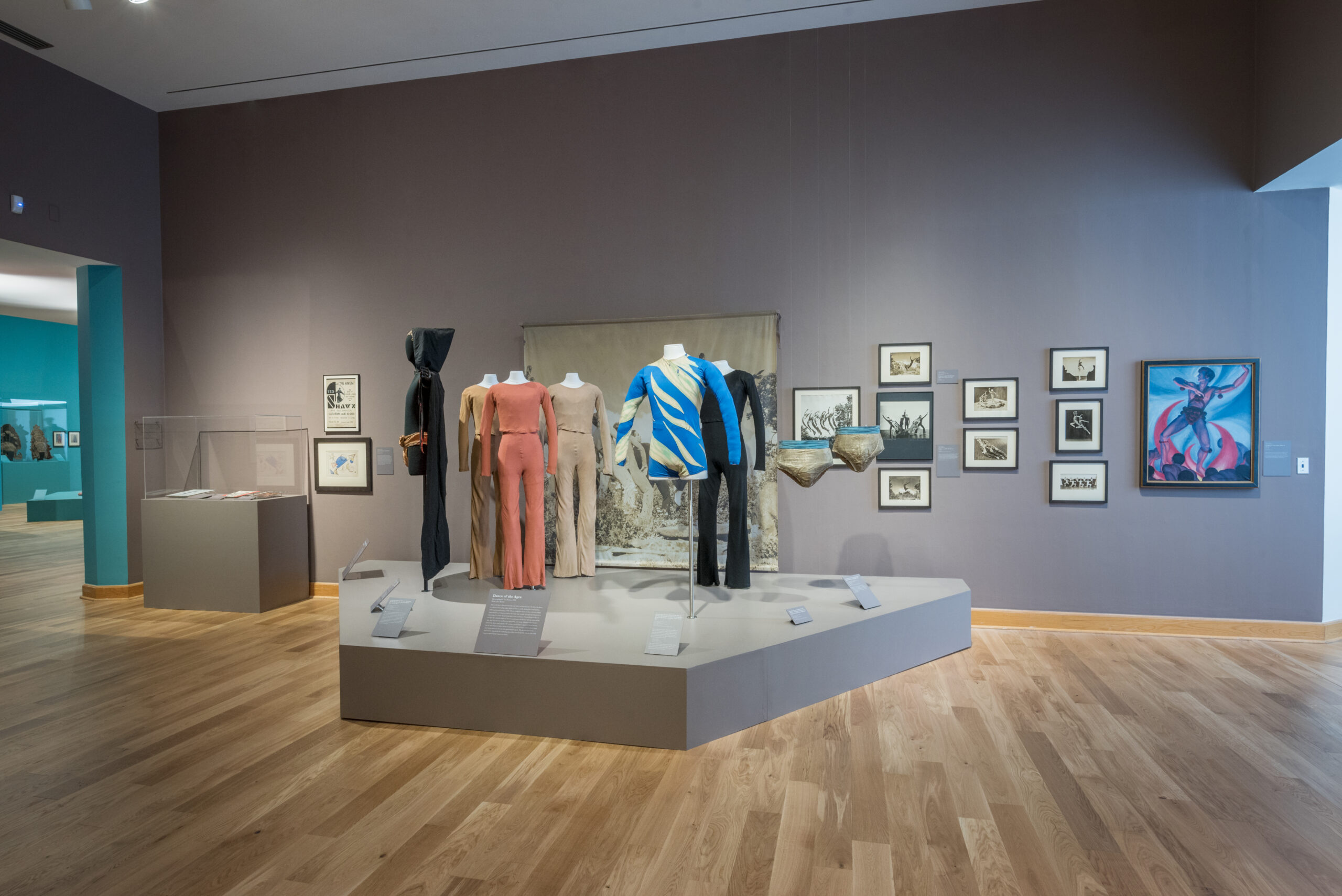
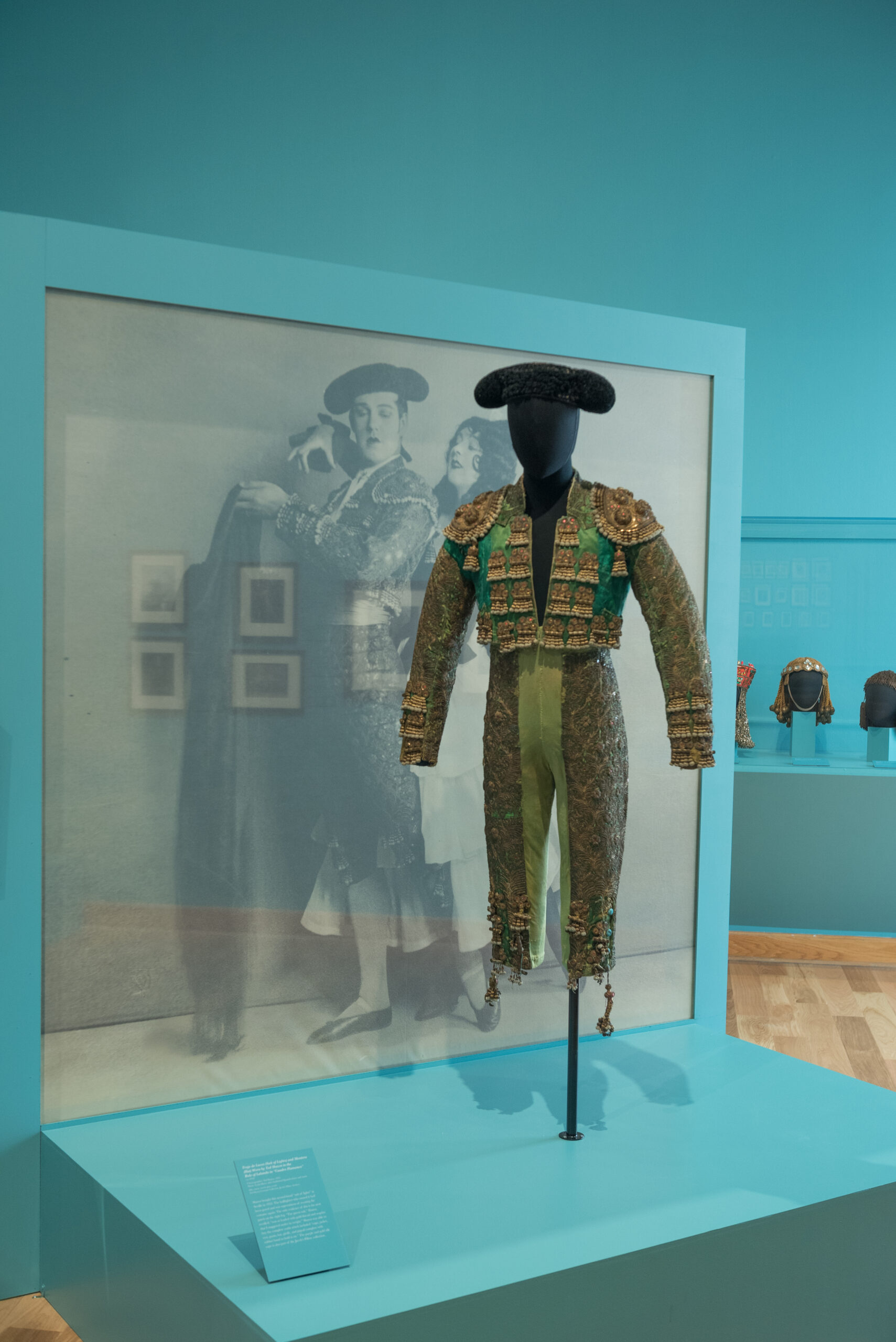

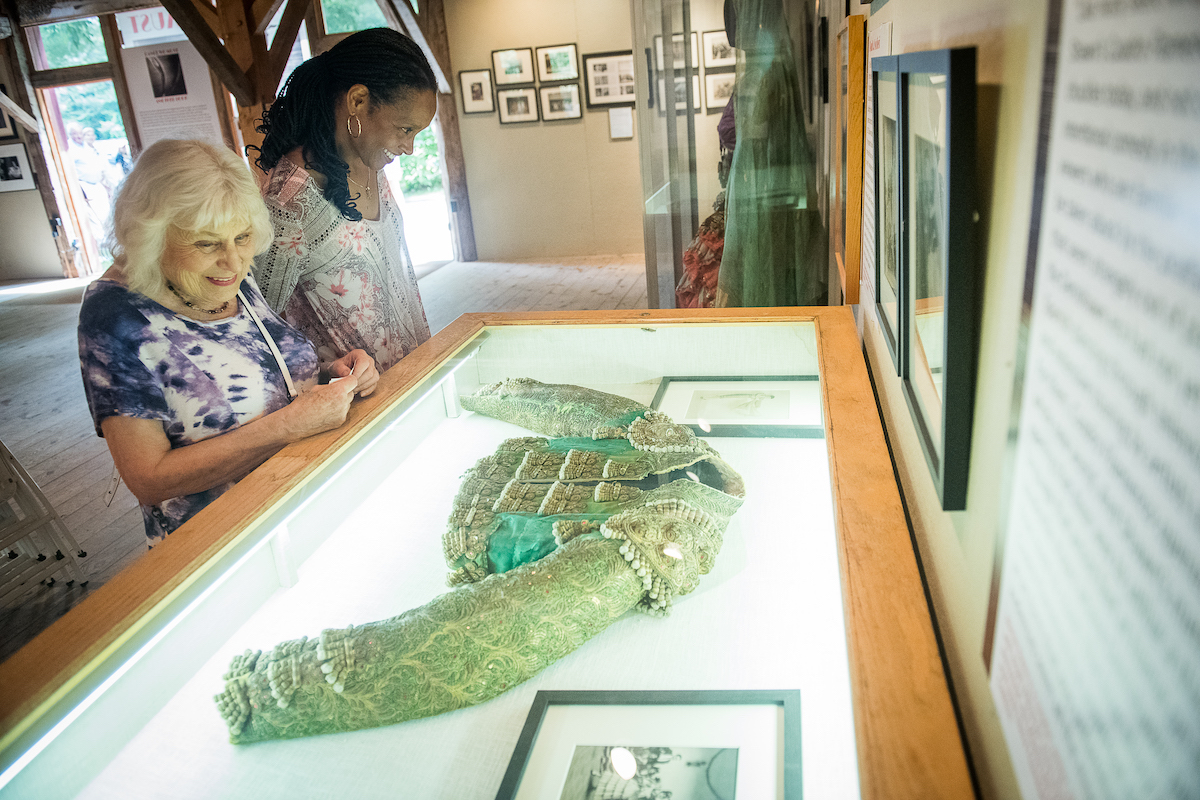
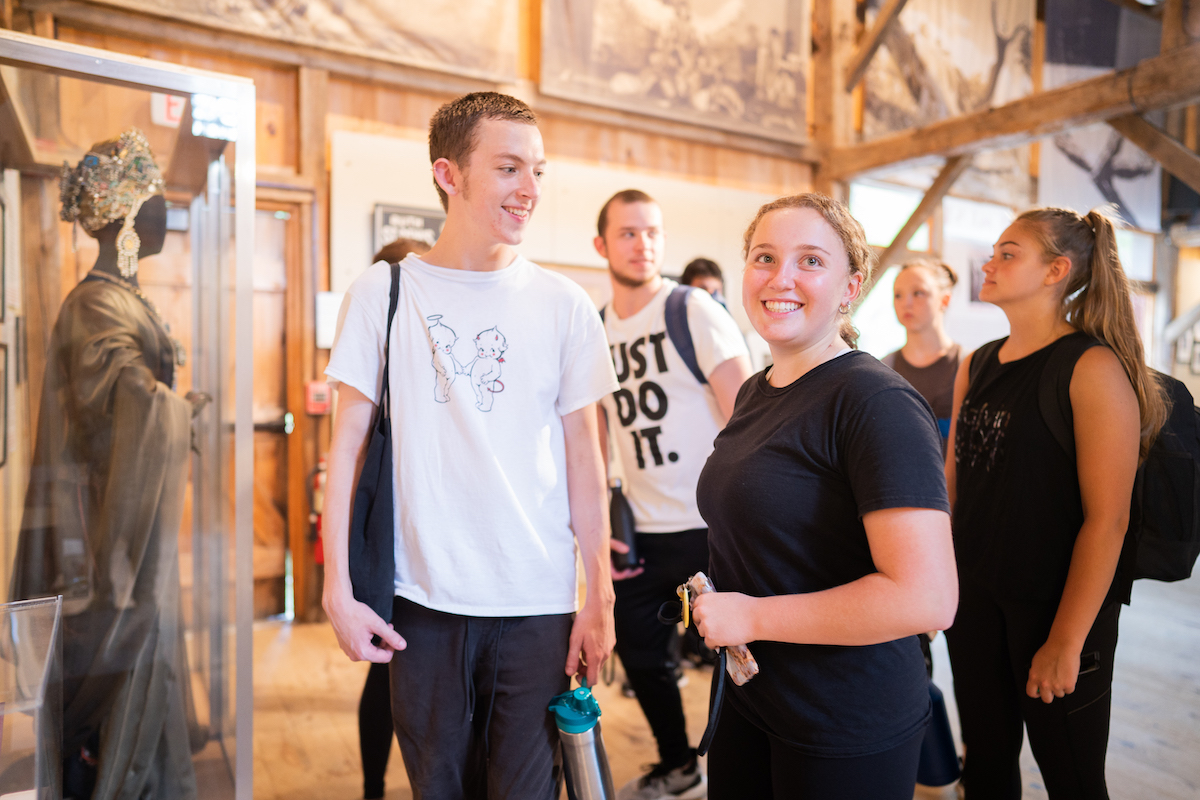
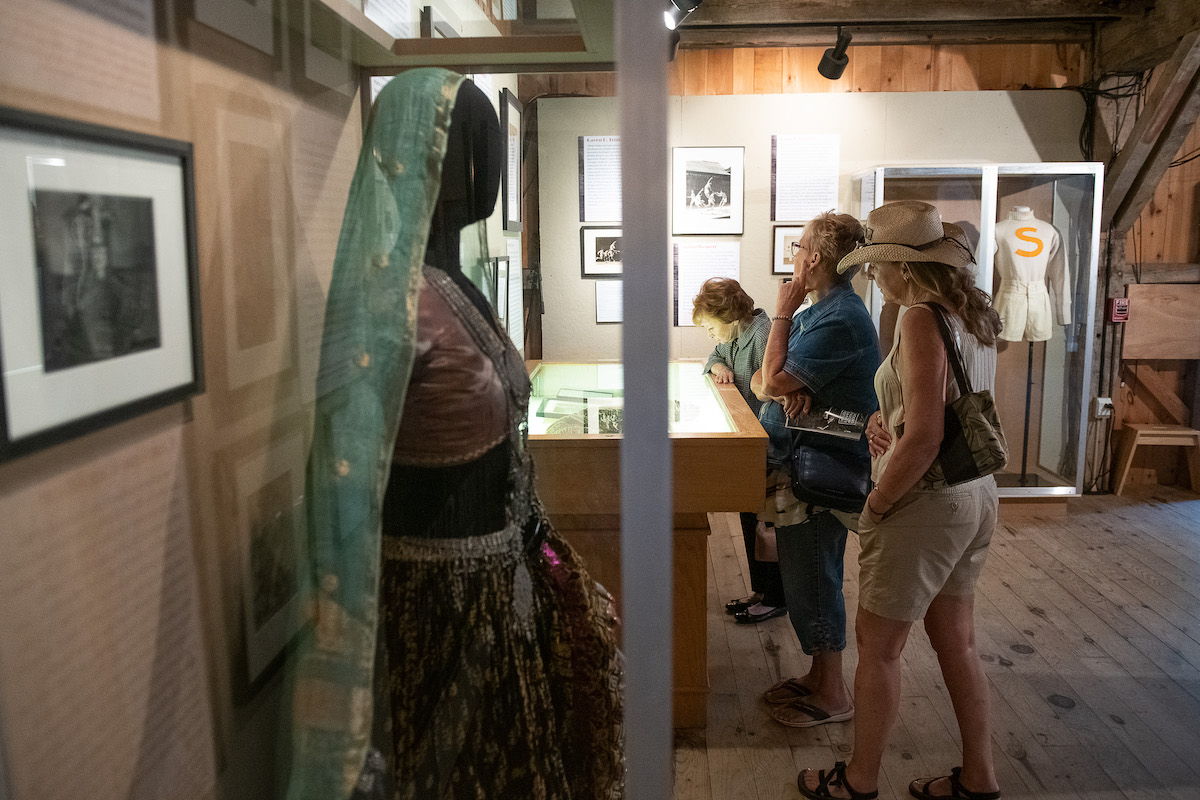
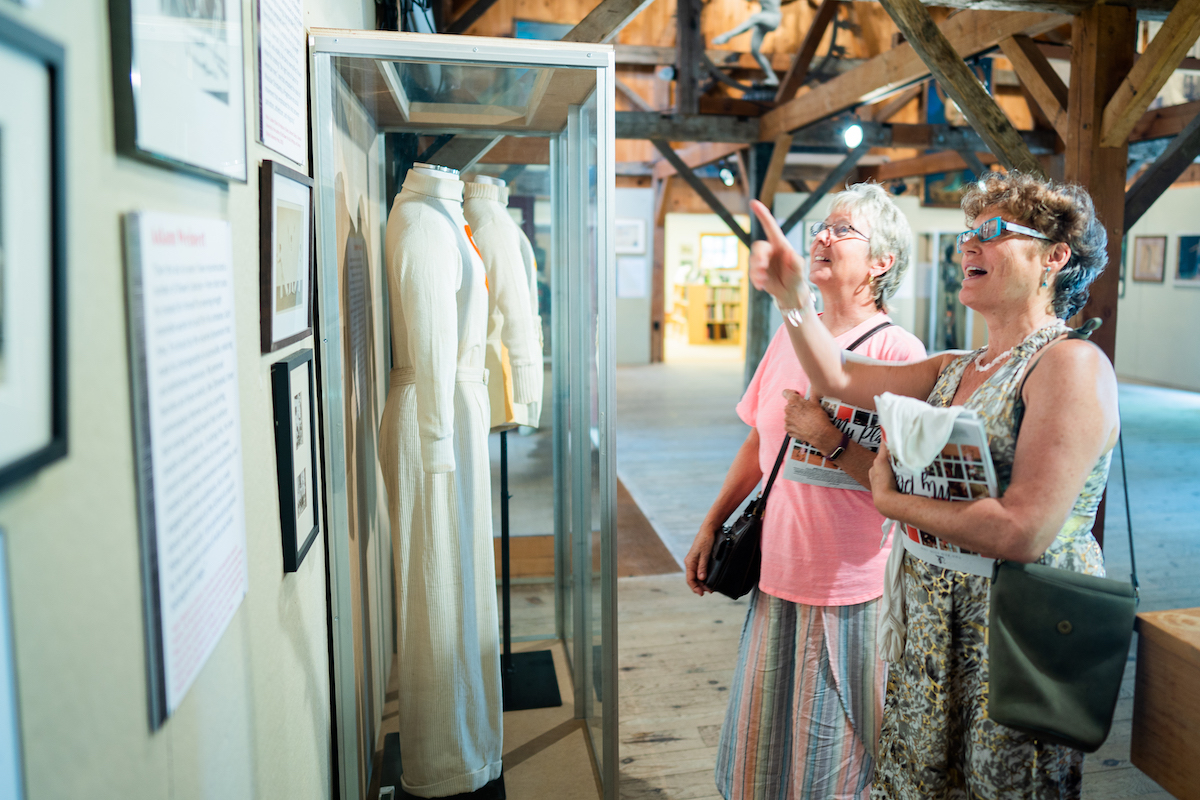
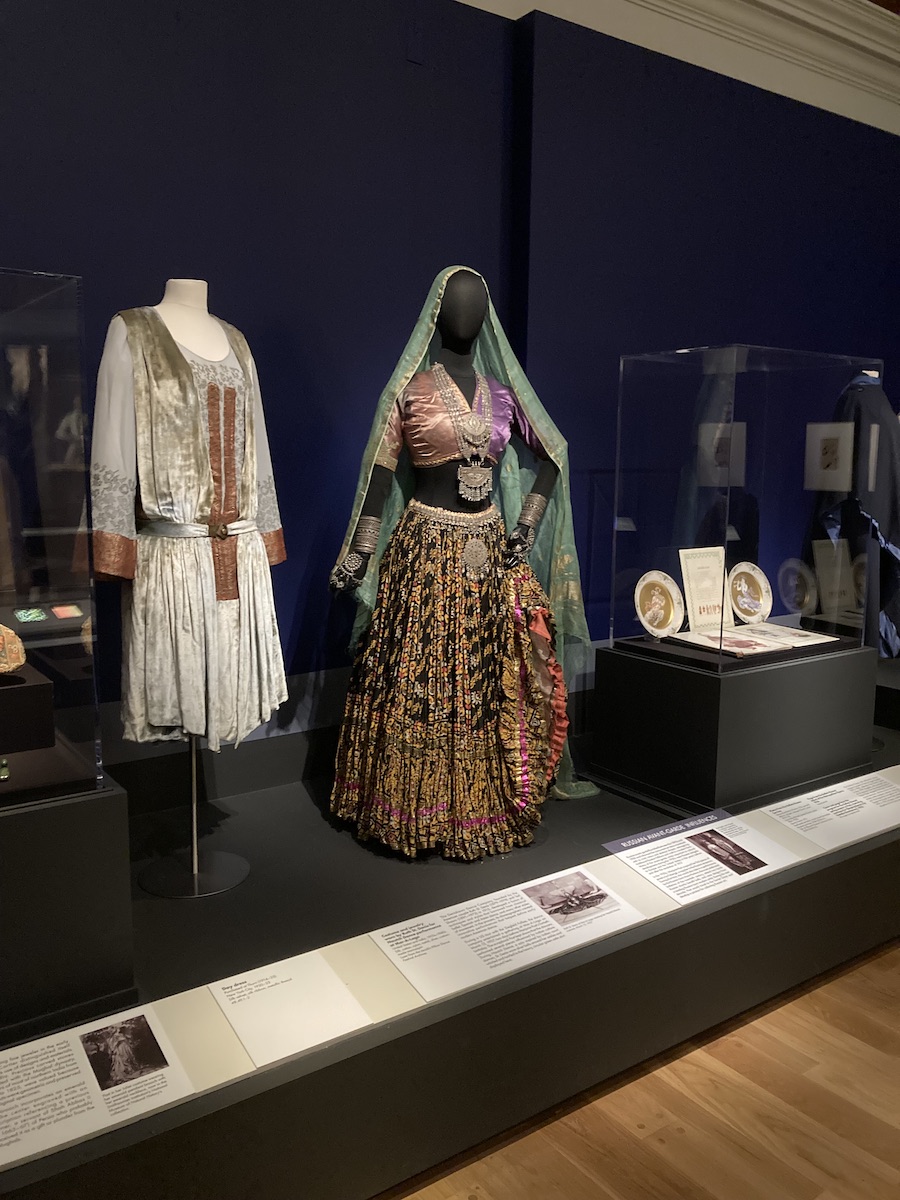
1977 – Denishawn costume display – The Studio and Tea Garden Jacob’s Pillow, July 1977.
1982 – Fifty Years of Dance at Jacob’s Pillow, Berkshire Museum, July-August 1982.
1991 – Ted Shawn: A Centennial Tribute to the Father of American Dance for The National Museum of Dance, May 1991 – October 1992.
2002 – Souvenirs of Seventy Seasons, Blake’s Barn, summer 2002.
2004 – America’s Irreplaceable Dance Treasures, Blake’s Barn, summer 2004. Among the treasures displayed at the Pillow was an Indian embroidery used by Ruth St. Denis as a backdrop.
2006 – Ted Shawn First, Blake’s Barn, summer 2006.
2008 – Ruth St. Denis: In Search of a Goddess, Adelphi University, September 28 – October 20, 2008. A selection of Ruth St. Denis’s costumes was loaned to this exhibition.
2013 – 100 years of Flamenco in New York, NYPL for the Performing Arts, February 2013 – August 2013. Ted Shawn’s Cuadro Flamenco jacket was loaned to this exhibition.
2014 – Denishawn Centennial, Ted Shawn Theatre Lobby, summer 2014. While this was largely a photo exhibit, some small costume items were included in a display case.
2016 – The Dancing Athlete, The National Museum of Dance, summer 2016. Costumes from the Basketball section of Olympiad loaned to this exhibition.
2018 – Dance We Must: Treasures from Jacob’s Pillow 1906-1940, Williams College Museum of Art, June 29 – November 11, 2018. 30 costumes ensembles and 5 headdresses were loaned to this exhibition.
2019 – Dance We Must: Another Look, Blake’s Barn, summer 2019.
2021 – Roaring Twenties: The Life and Style of Marjorie Merriweather Post, Hillwood Estate, Museum & Gardens, June 12, 2021 – January 9, 2022. Ruth St. Denis’s Nautch costume was loaned for this exhibition.
2021 – A new Special Collections Room was added to Blake’s Barn, including several costume display cases where costumes from the Pillow’s collections are rotated on an ongoing basis.
